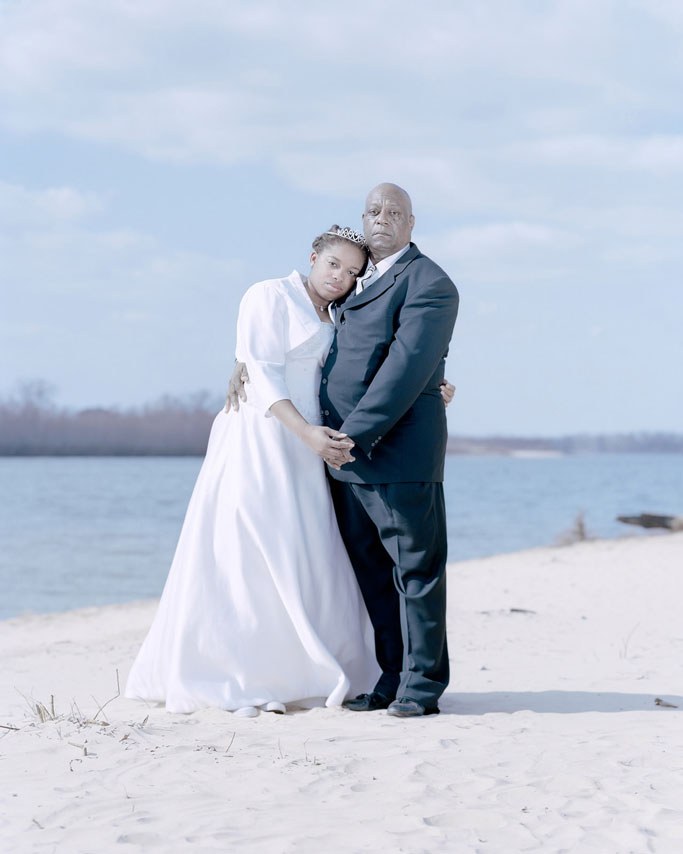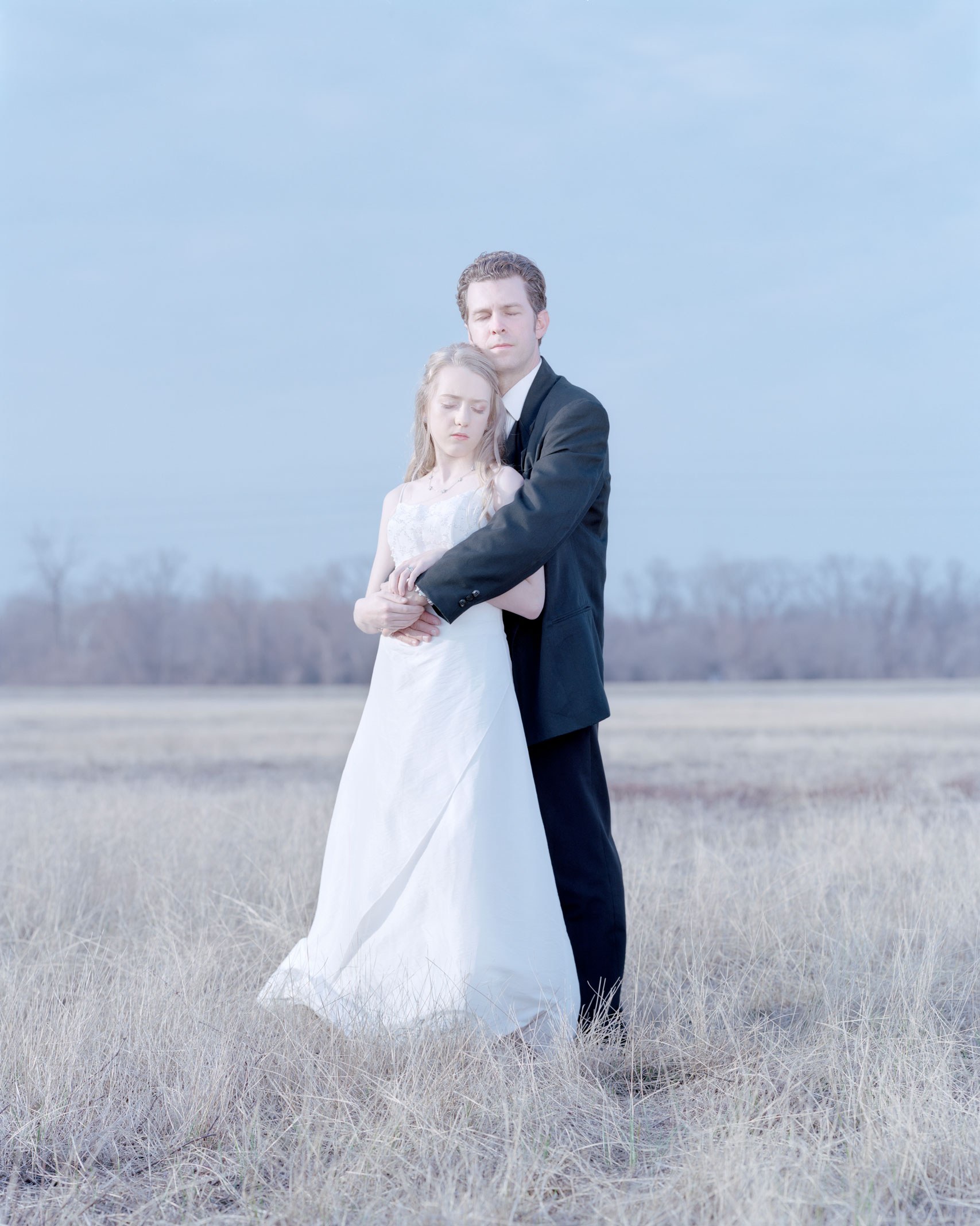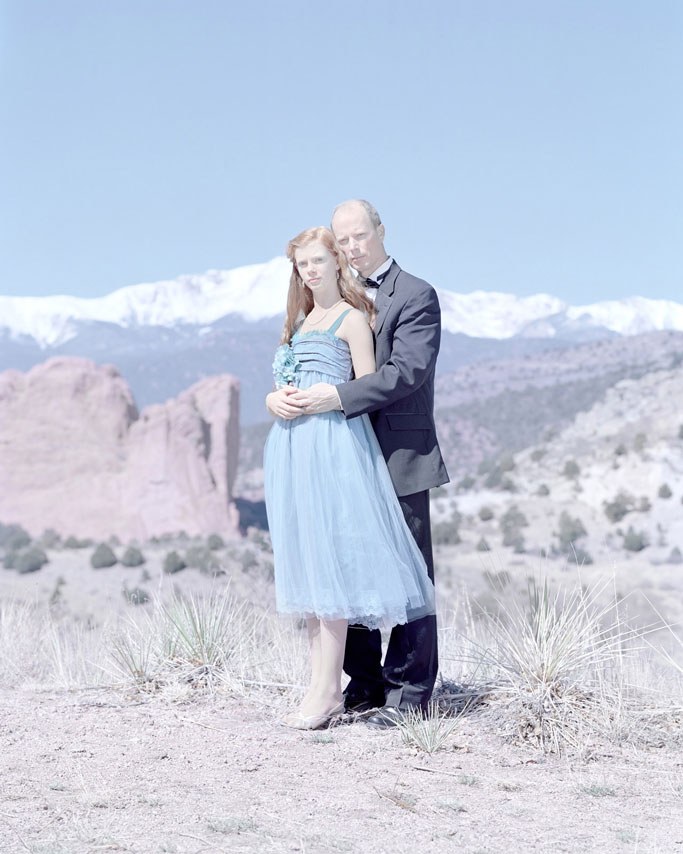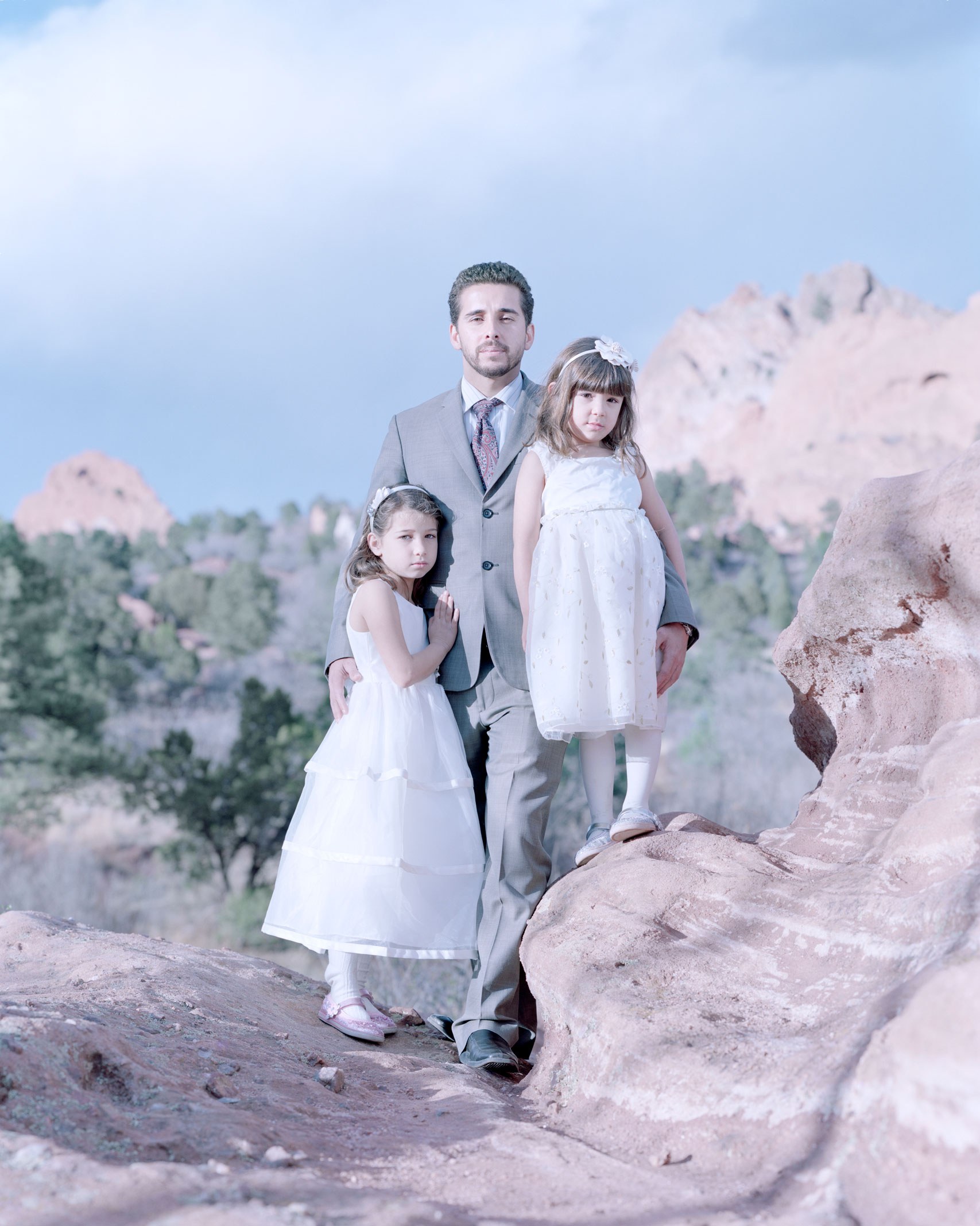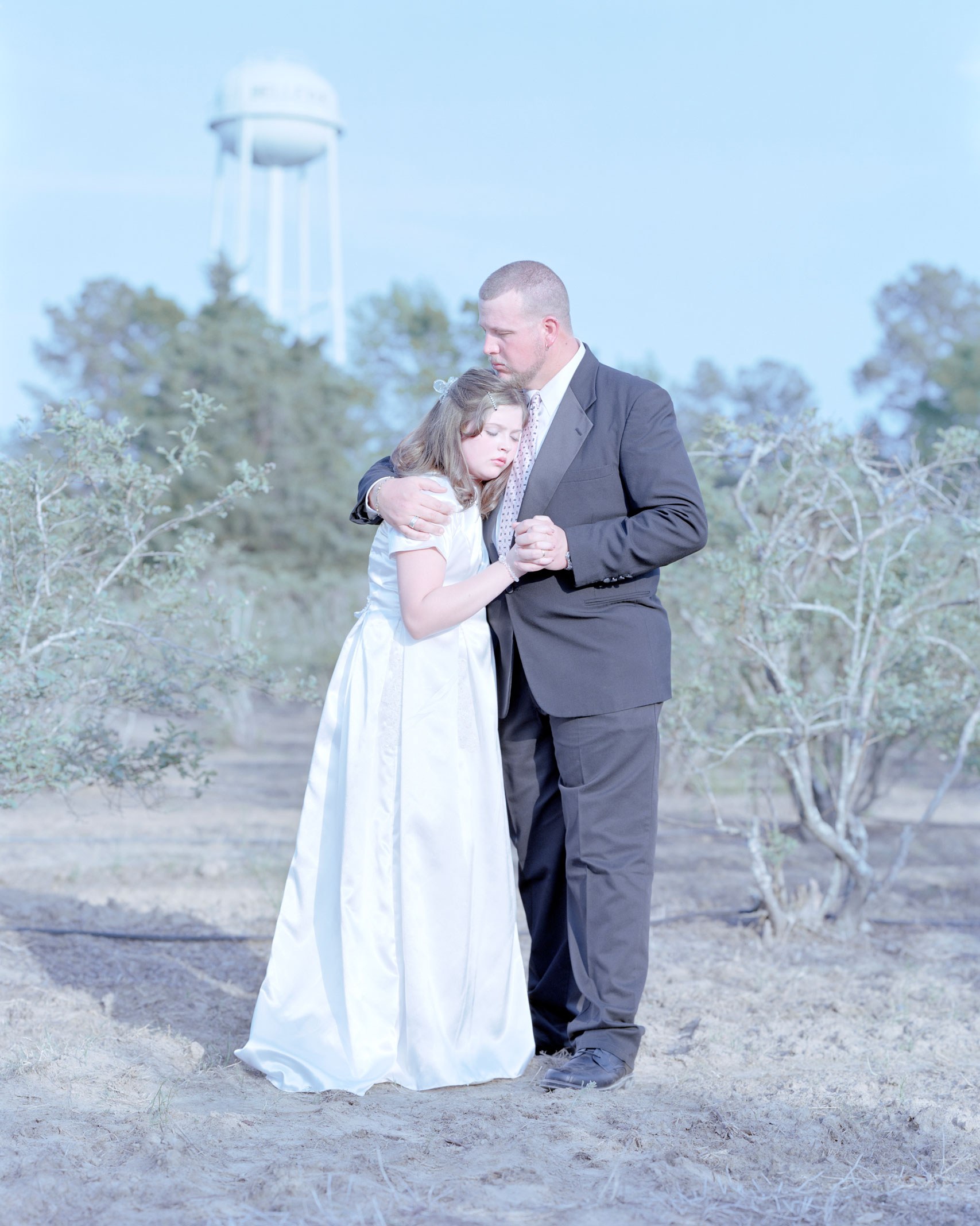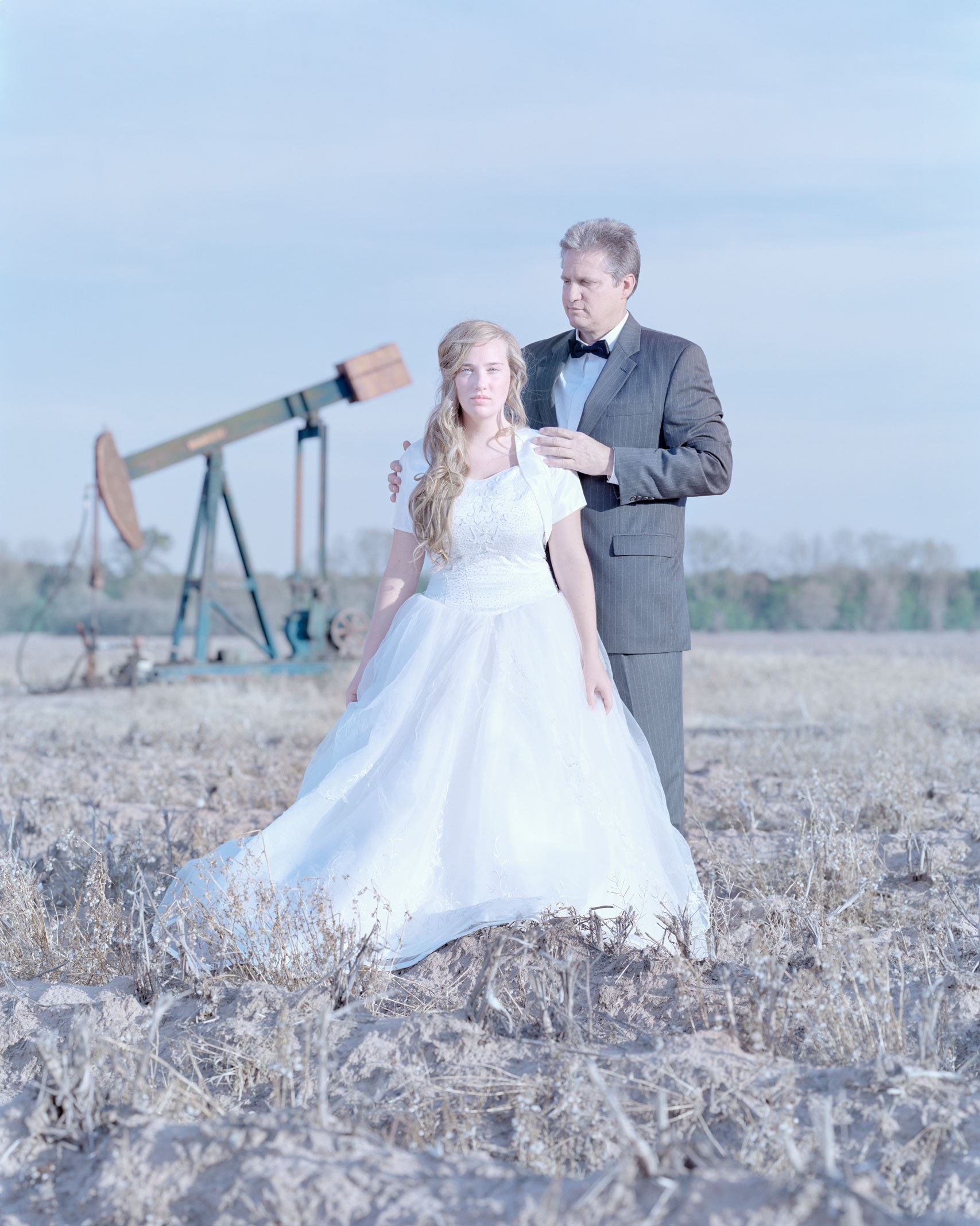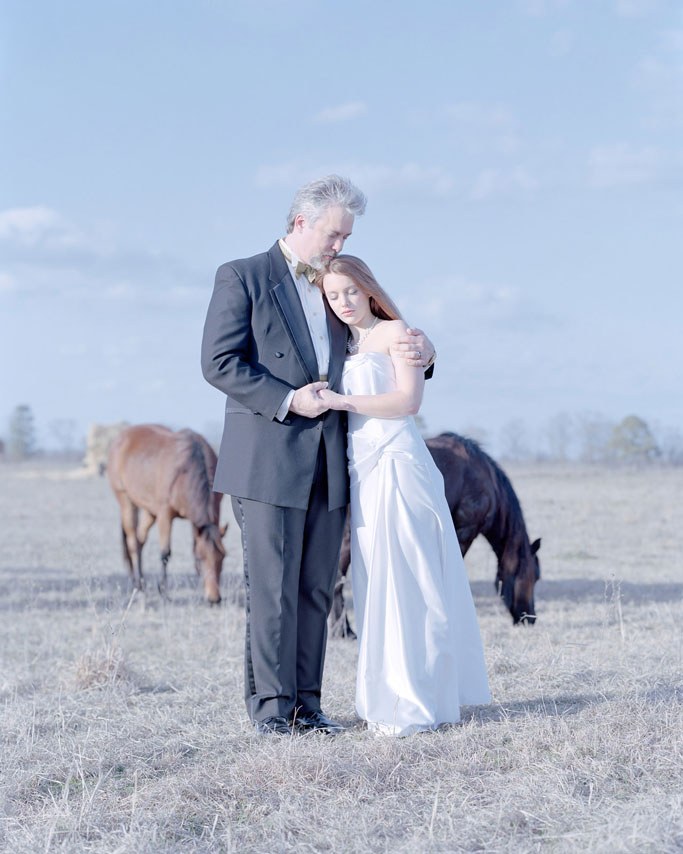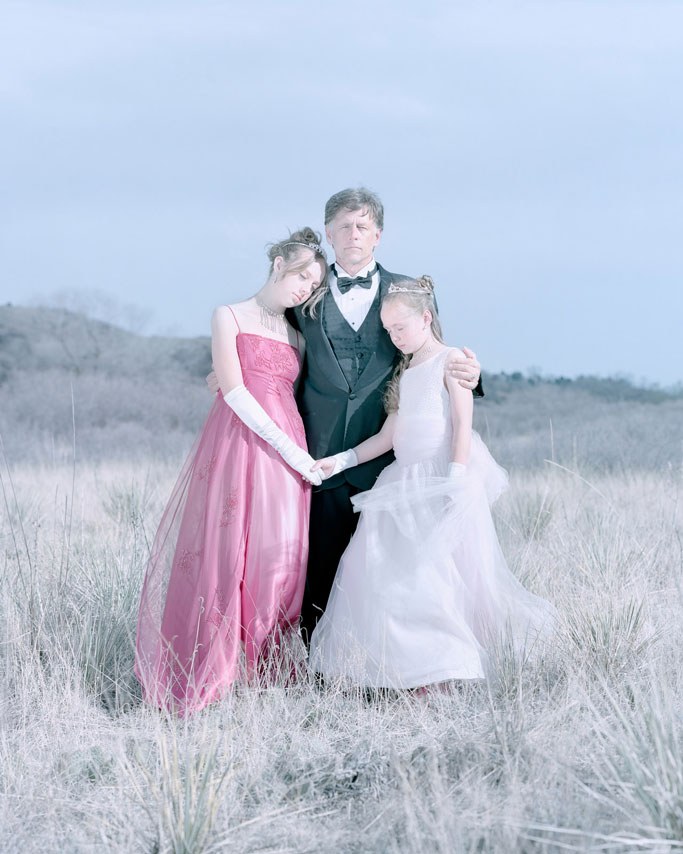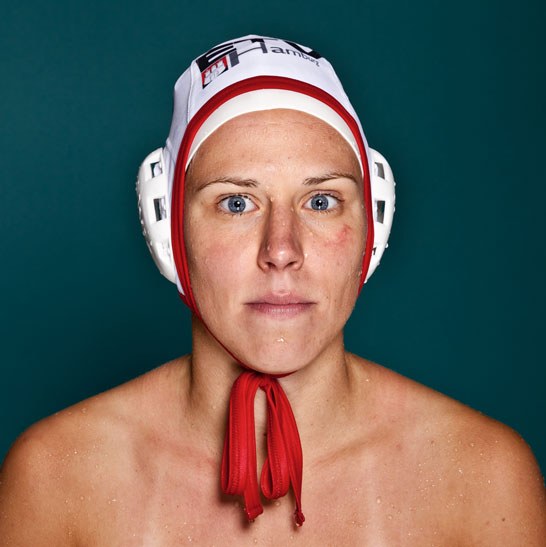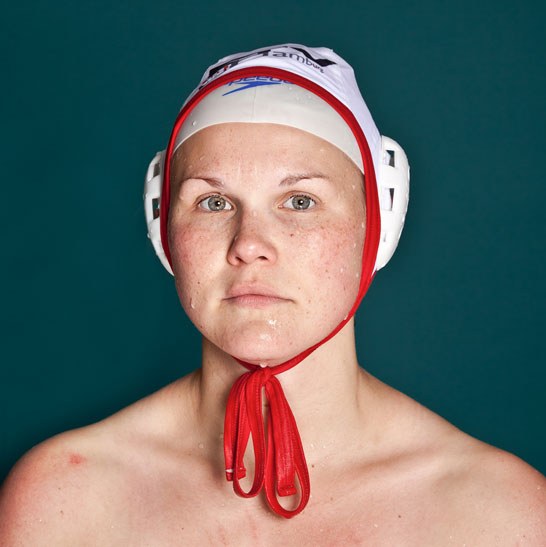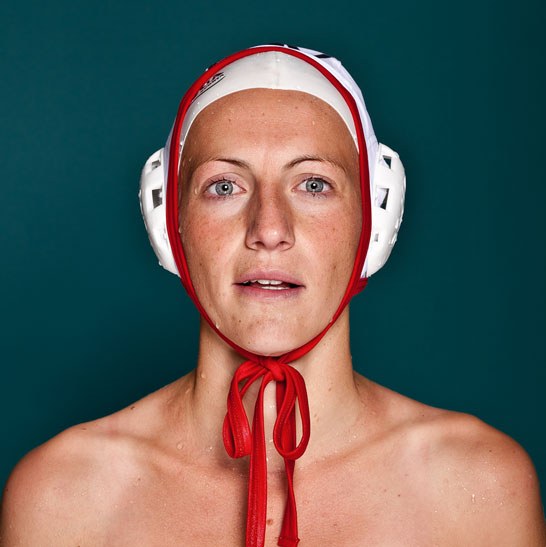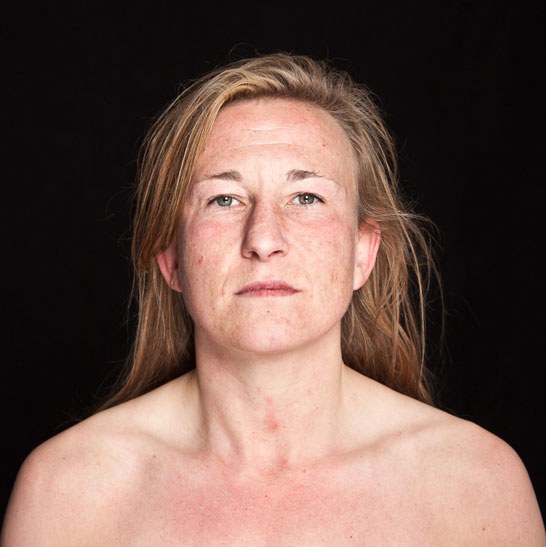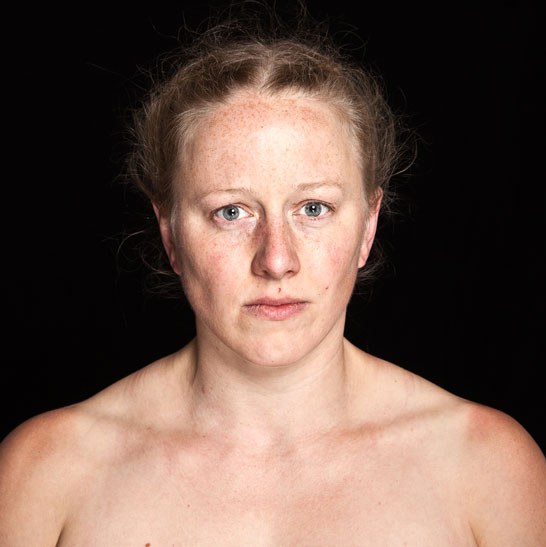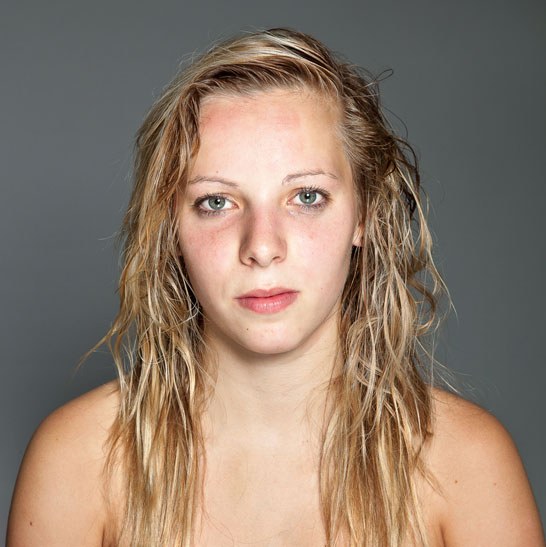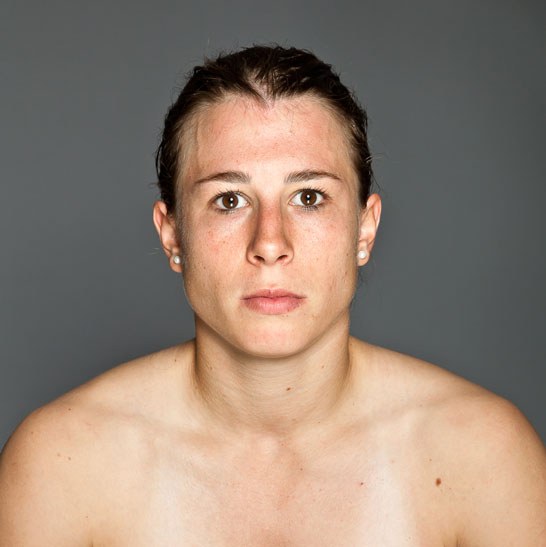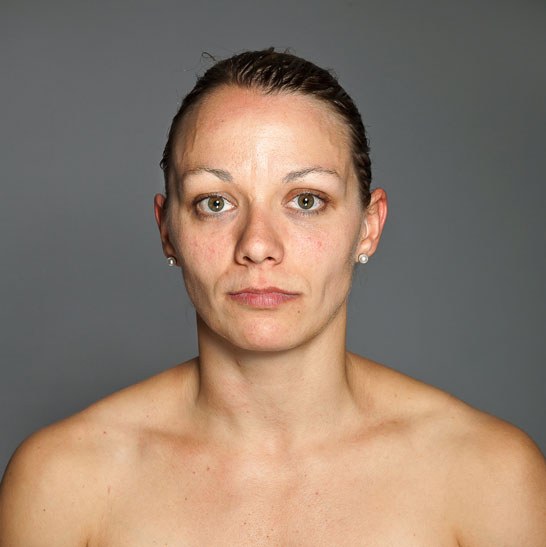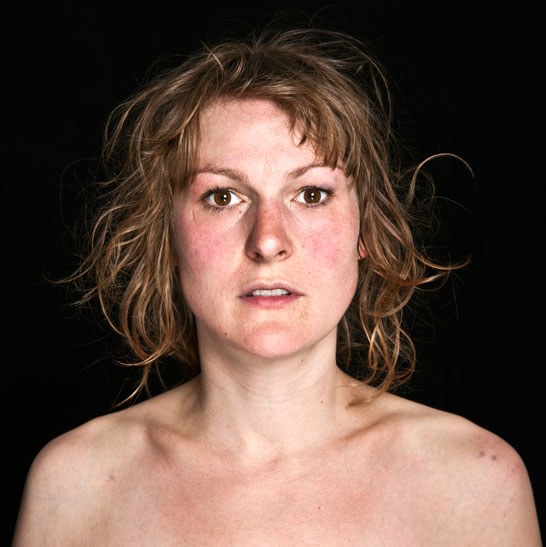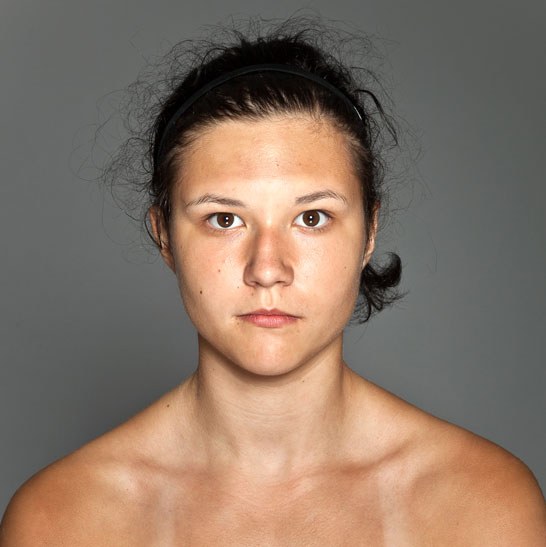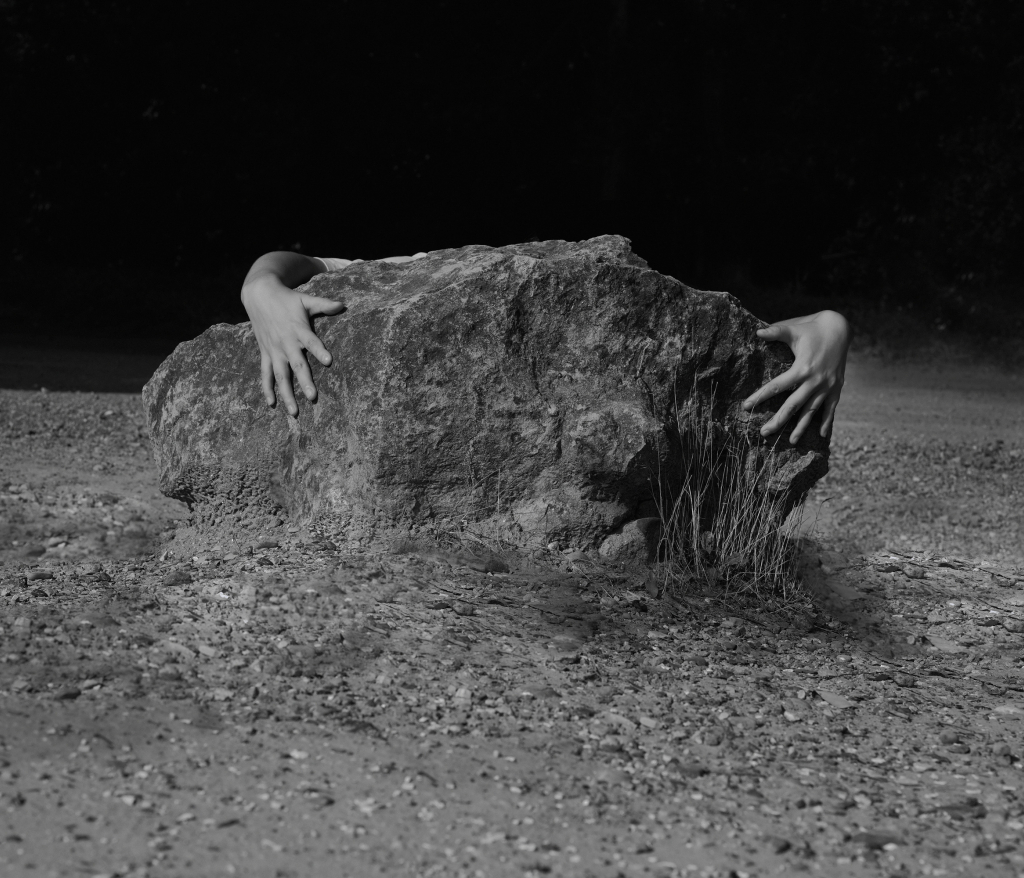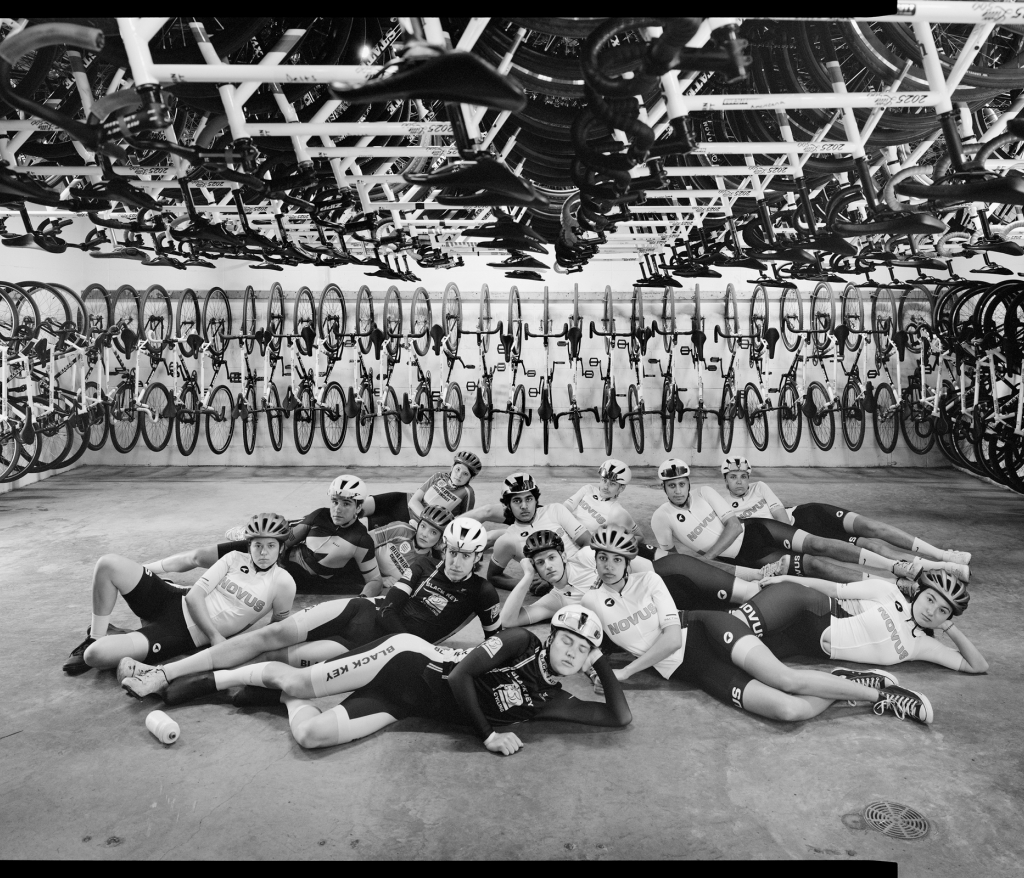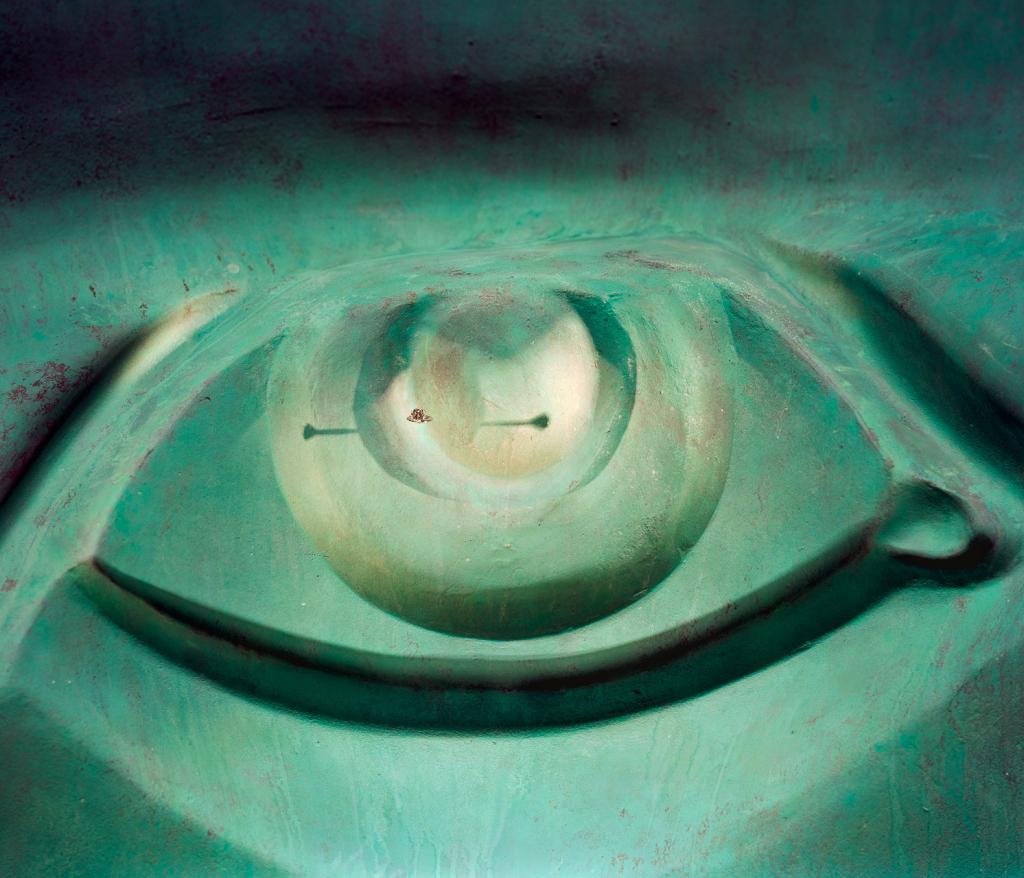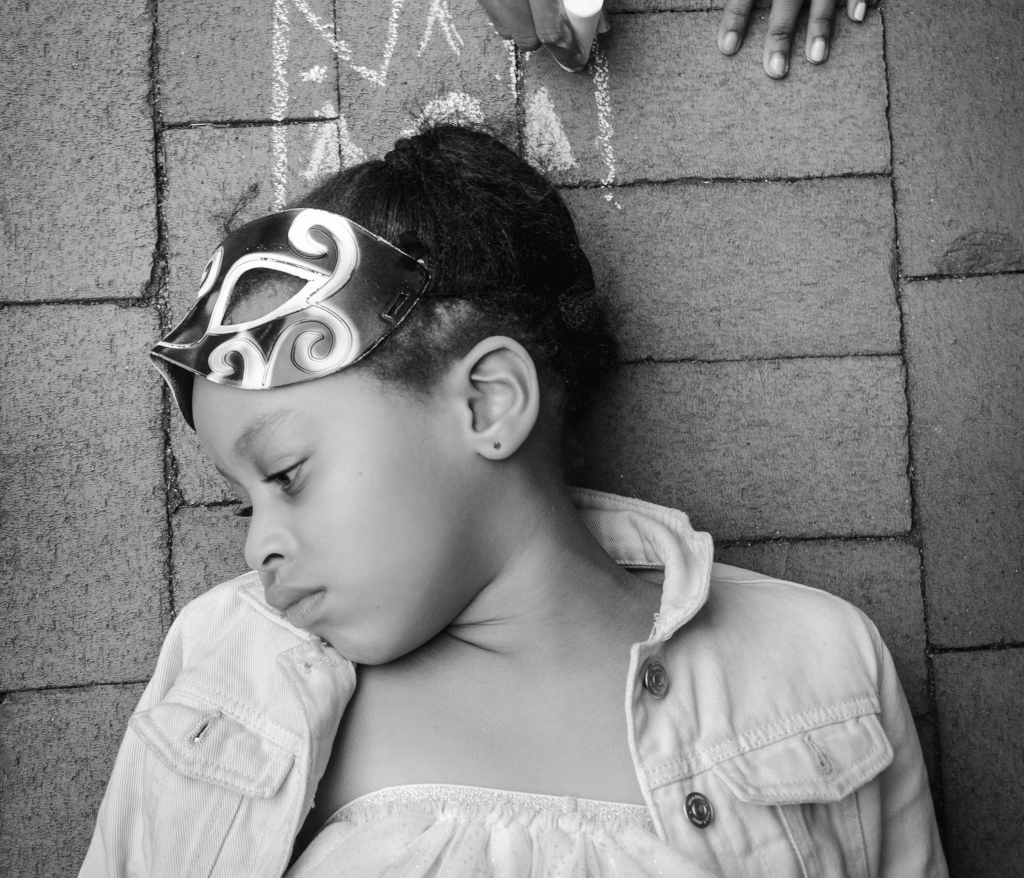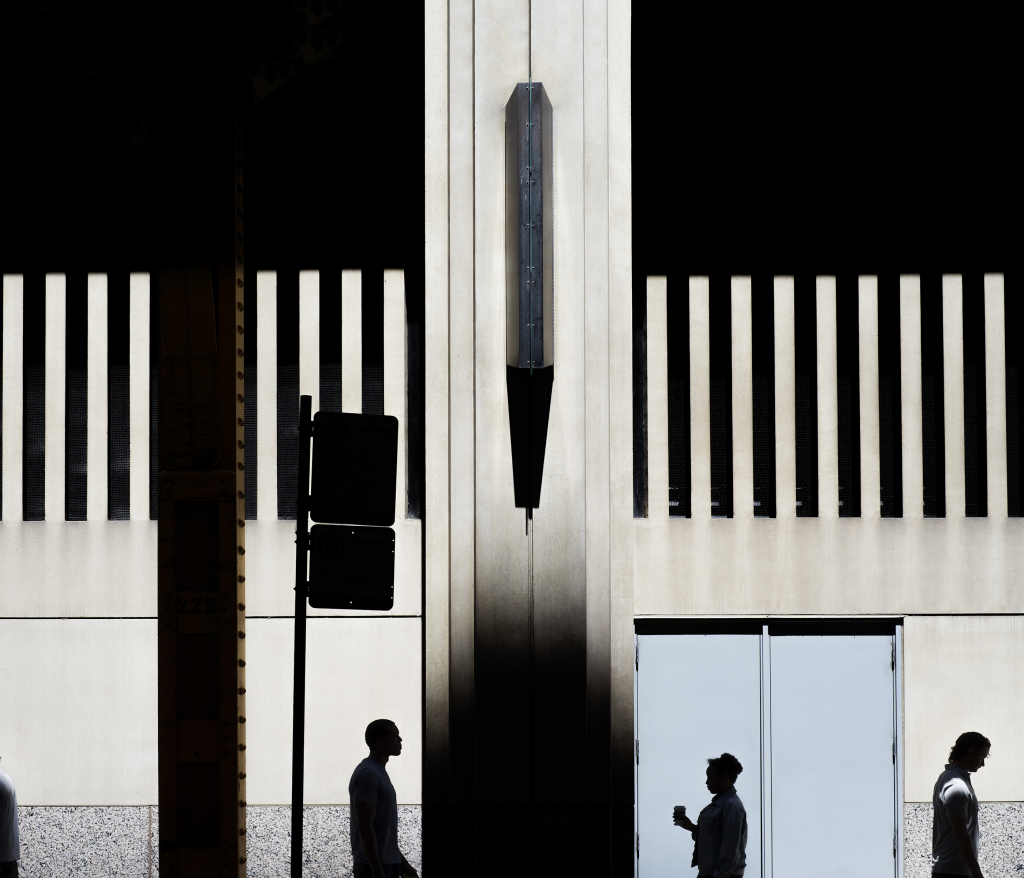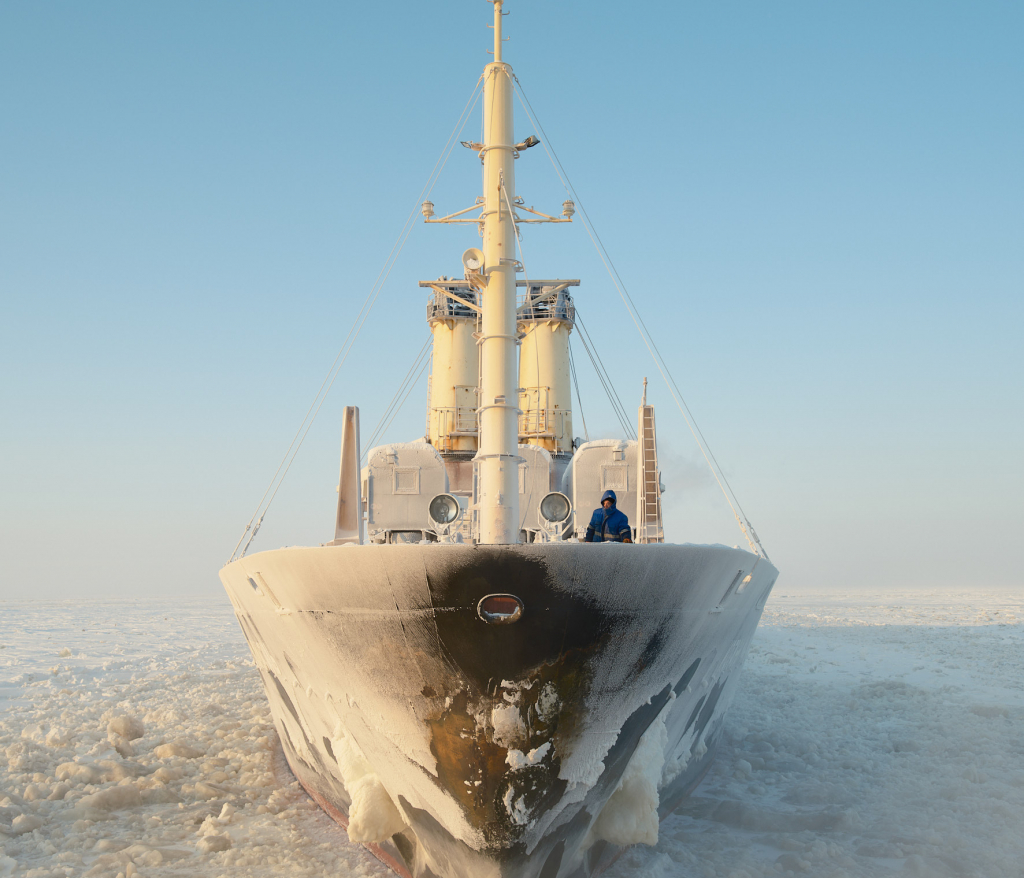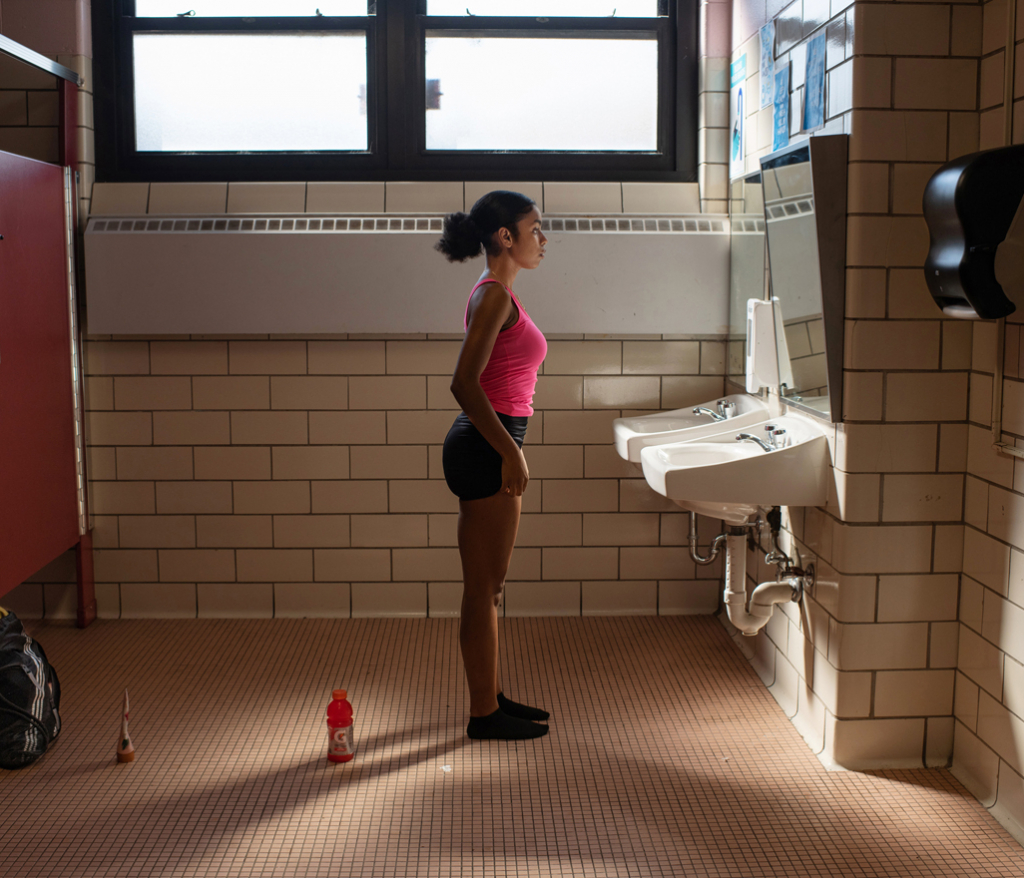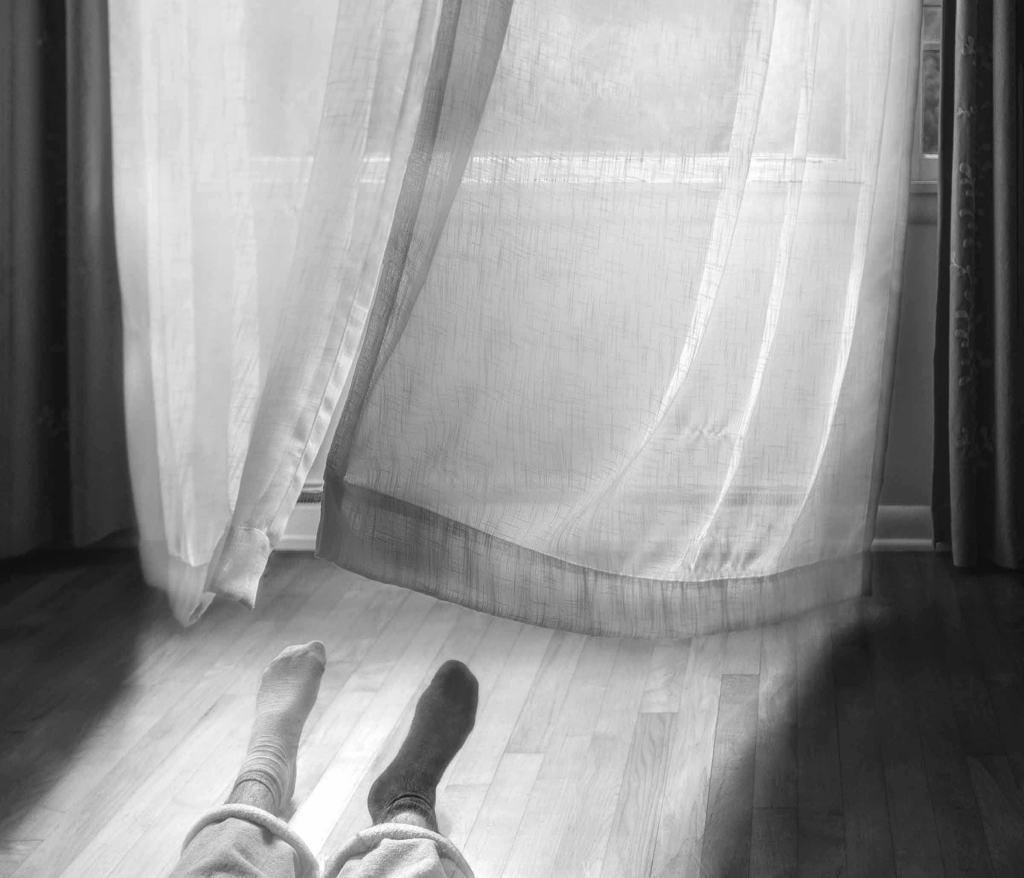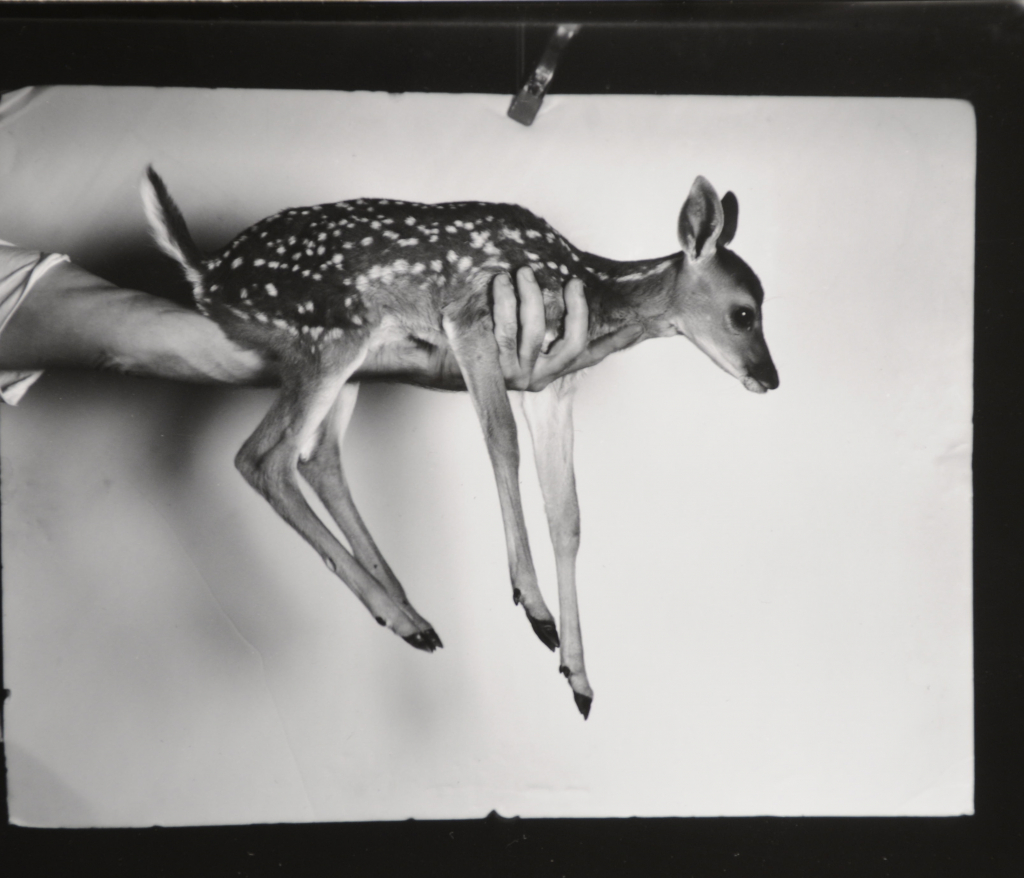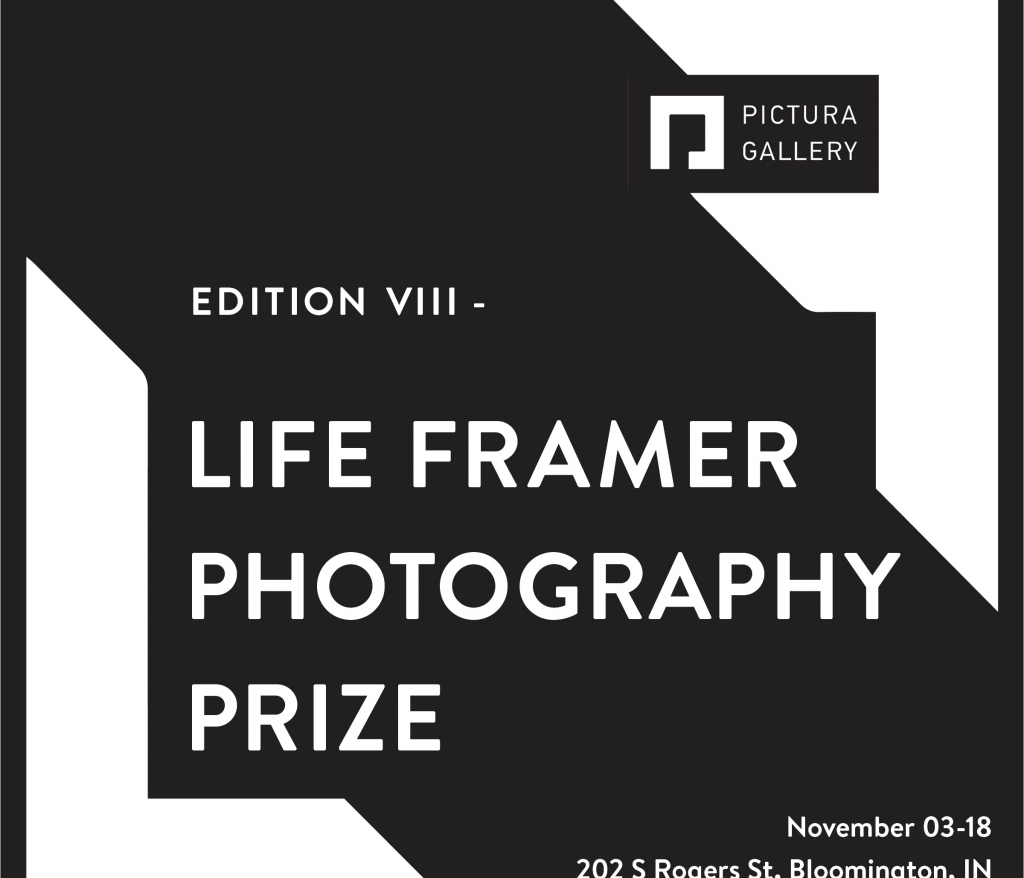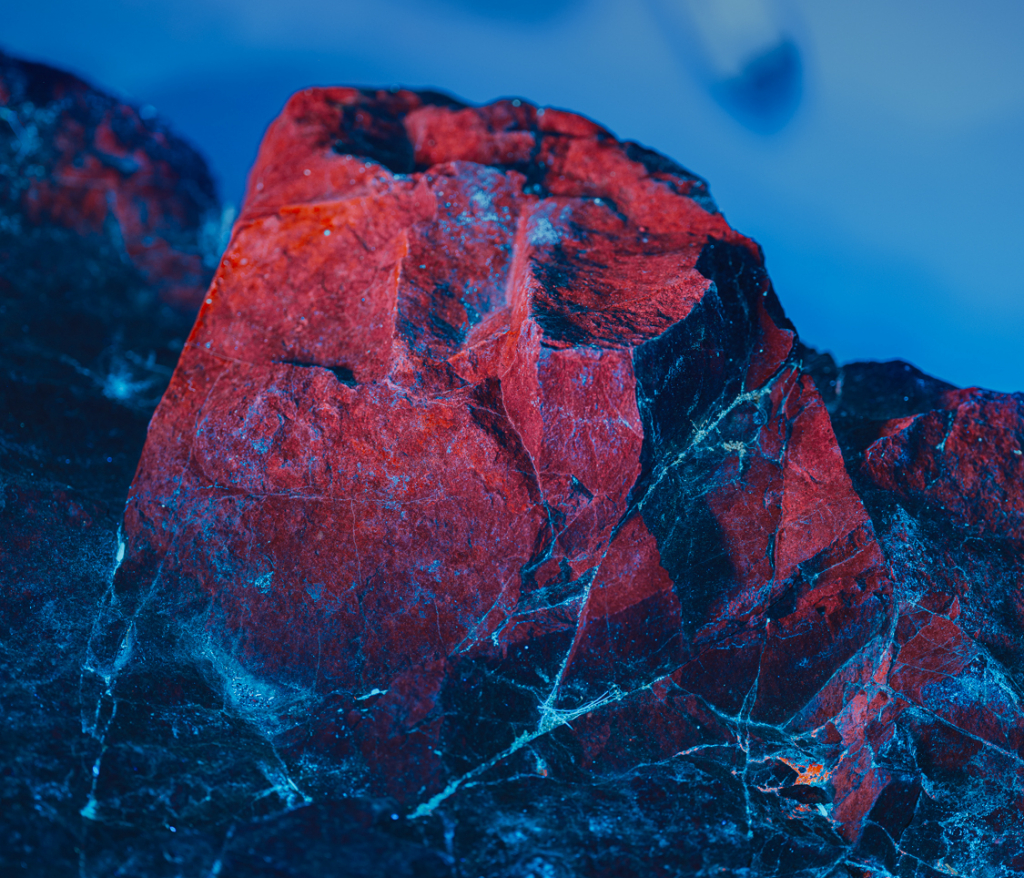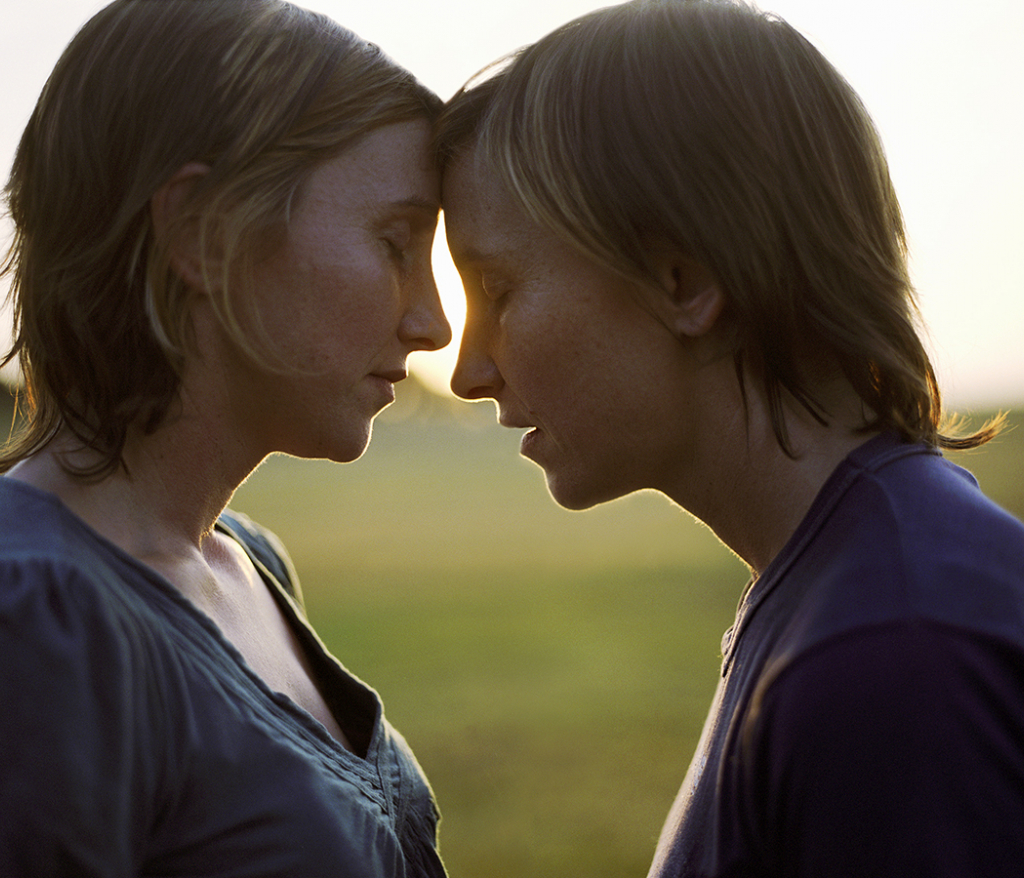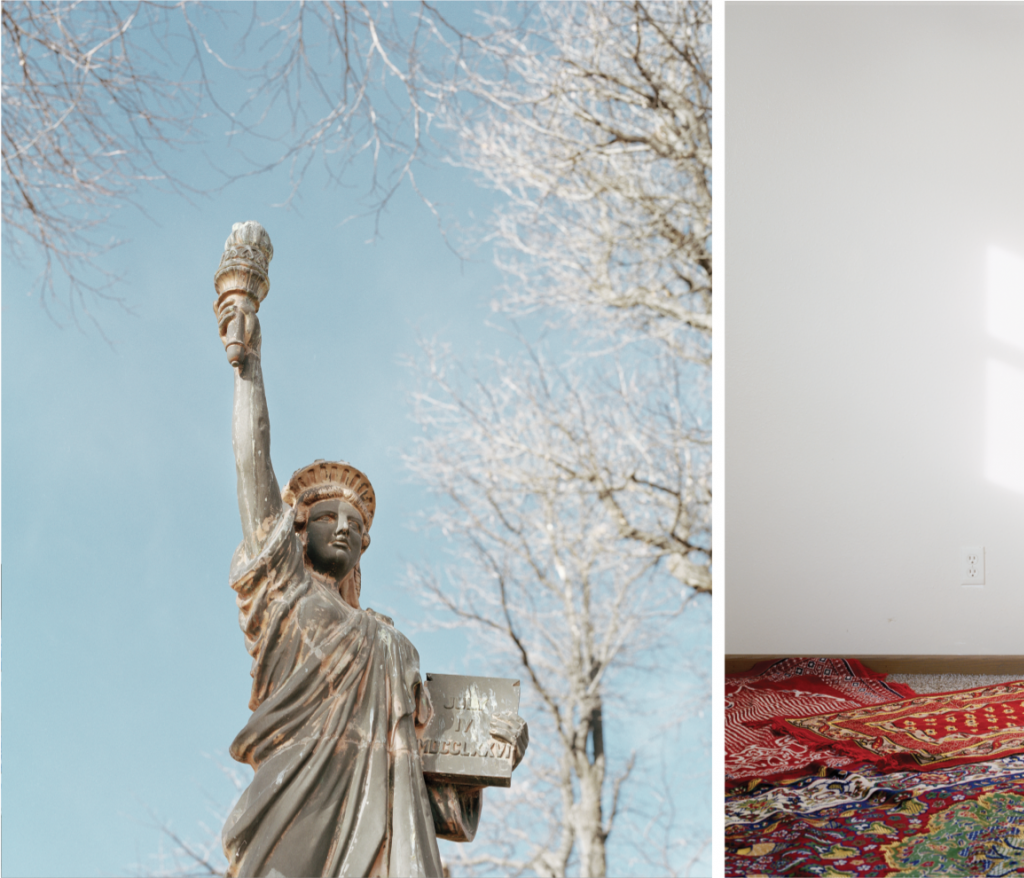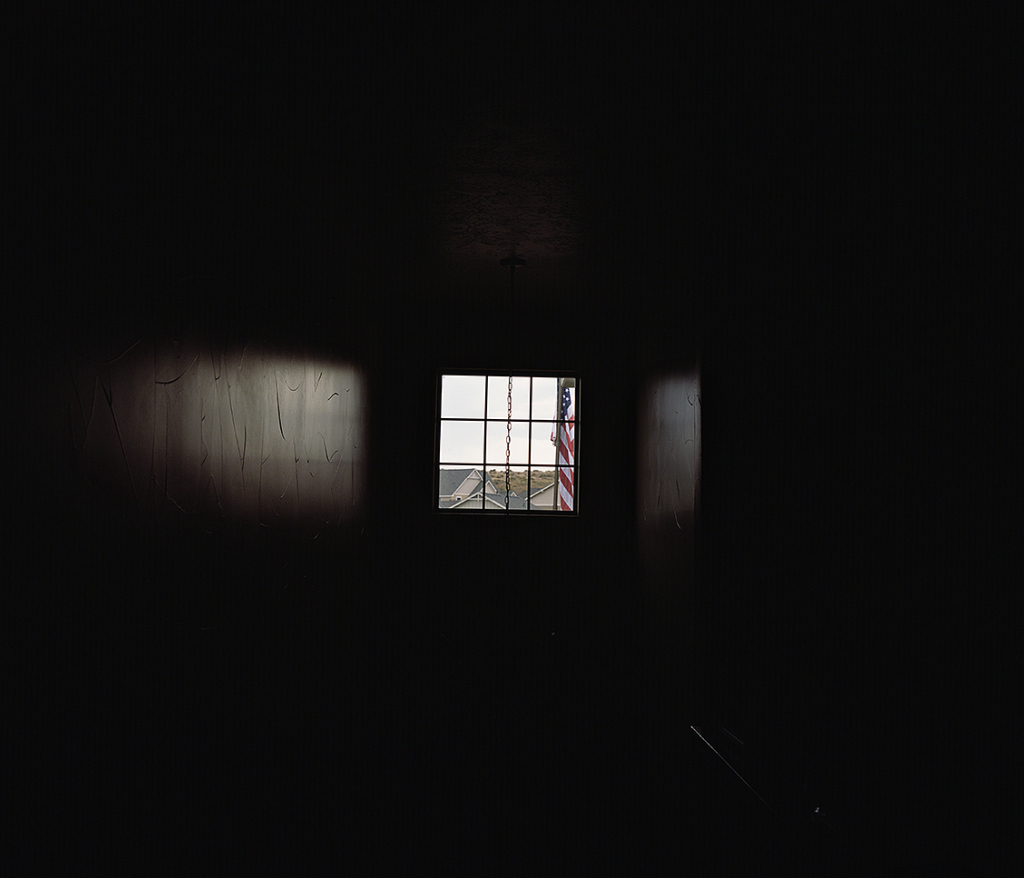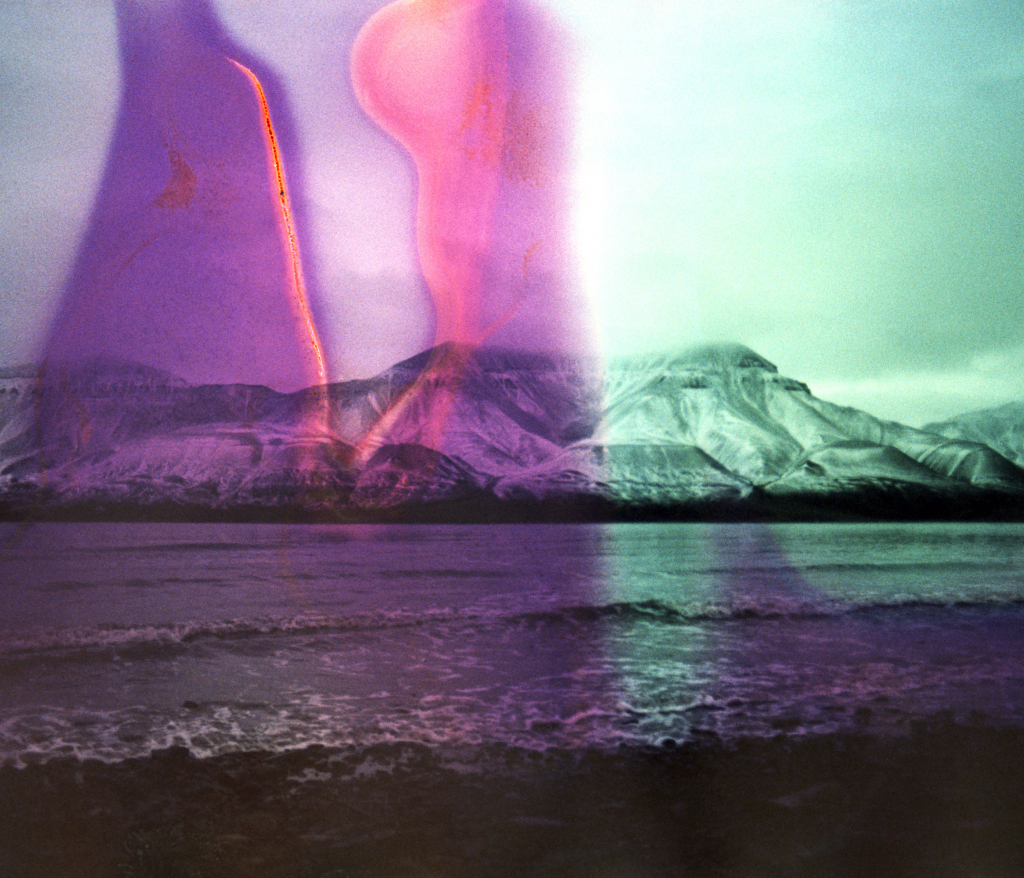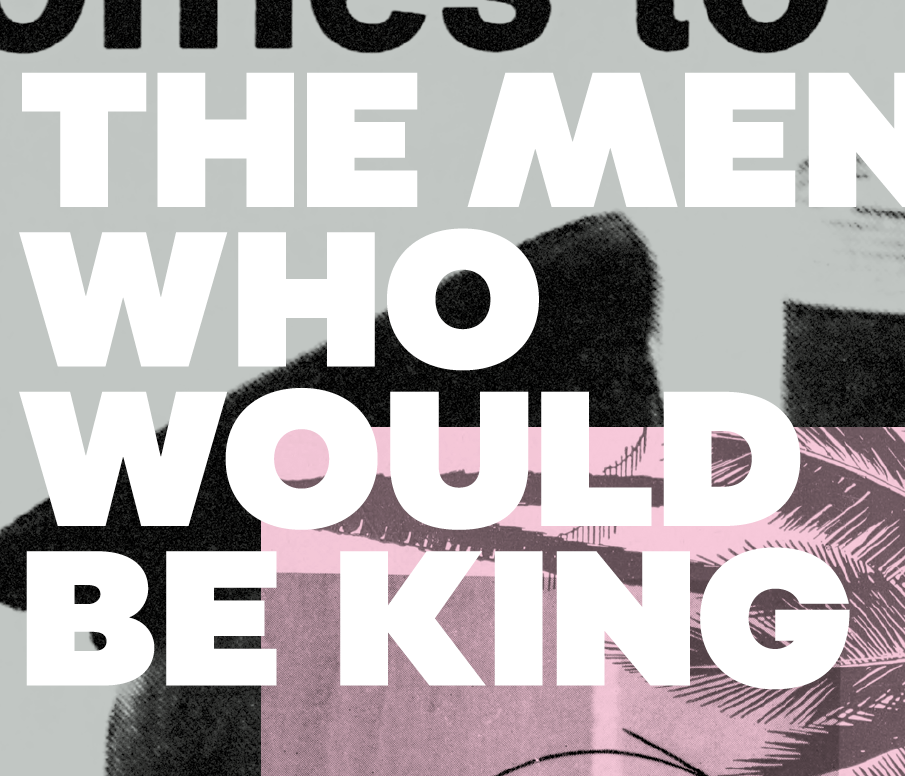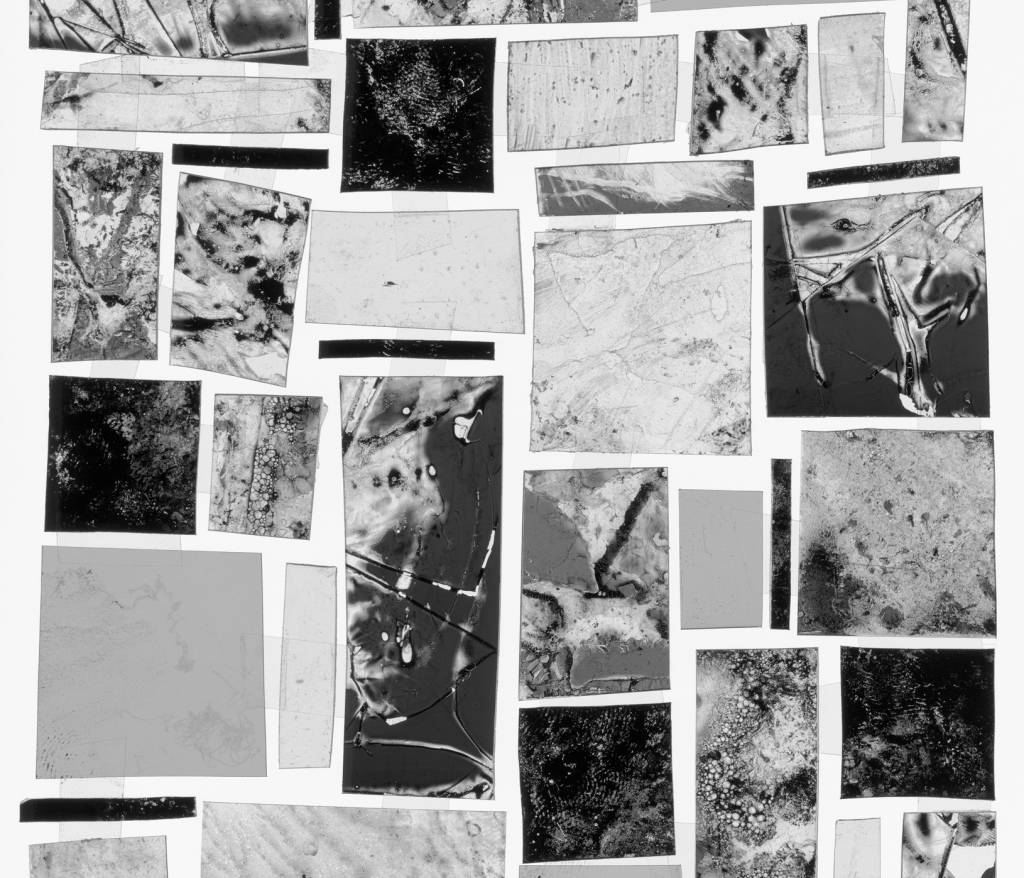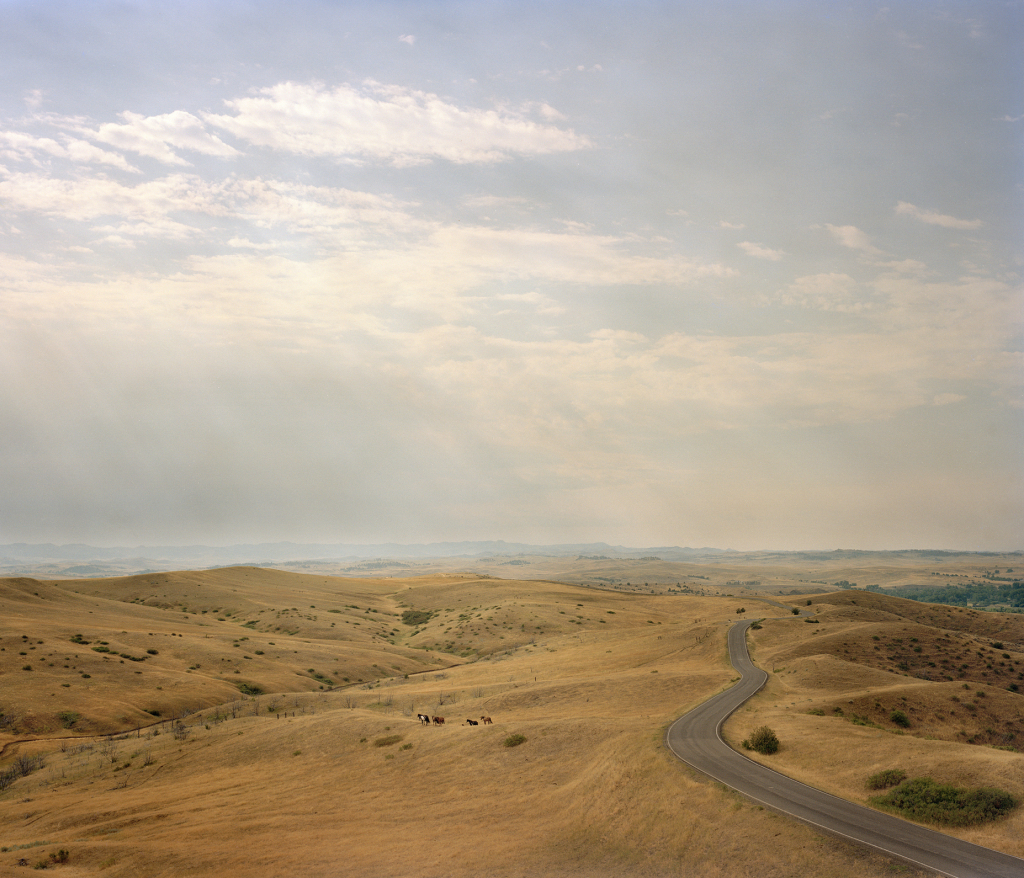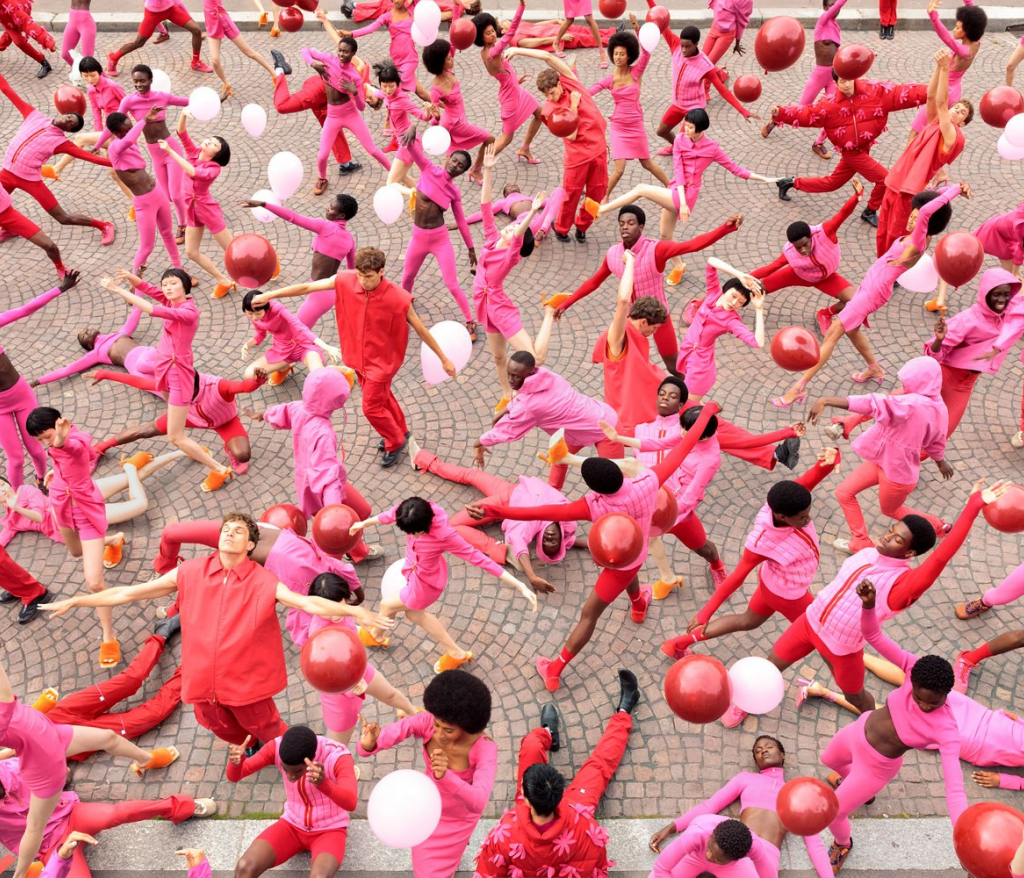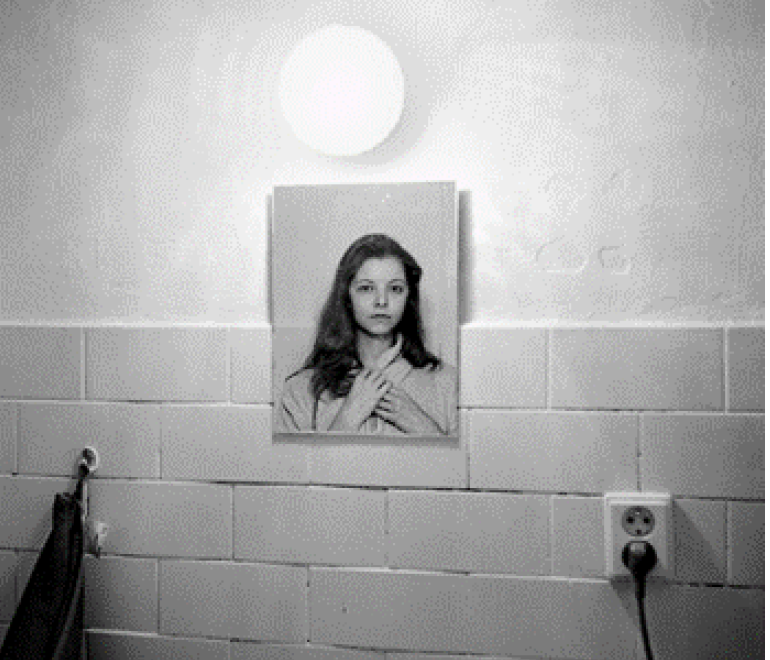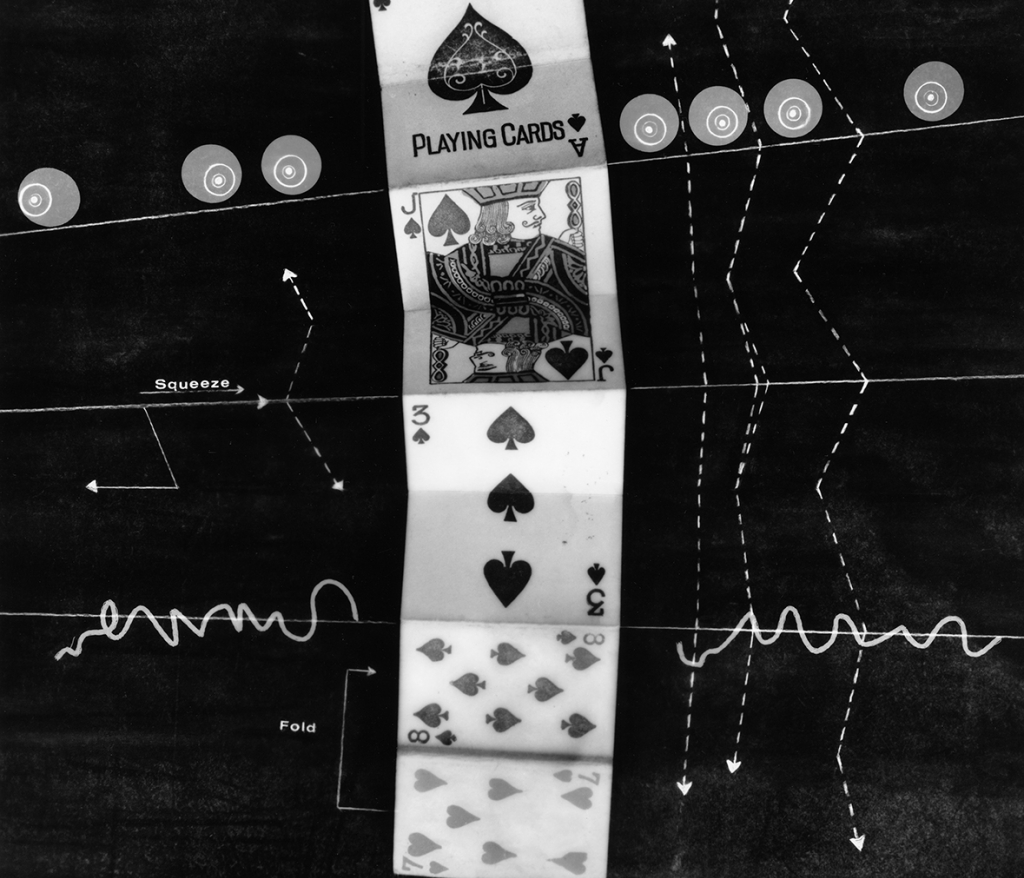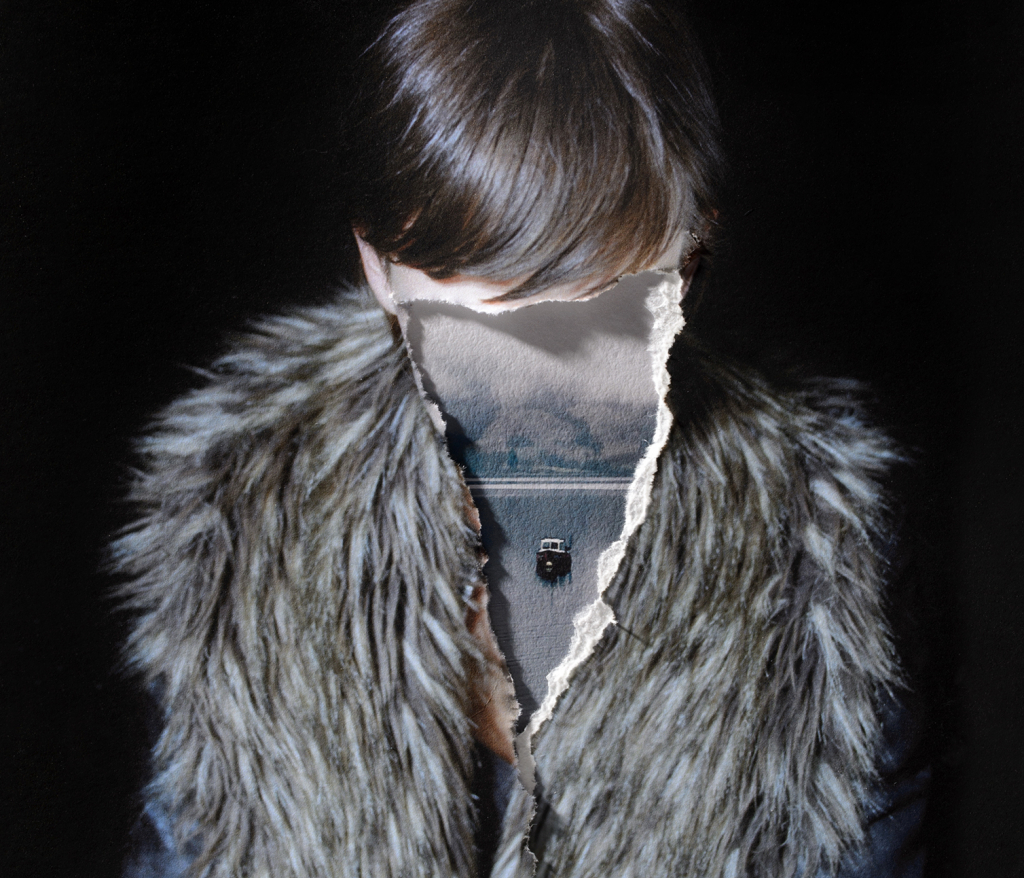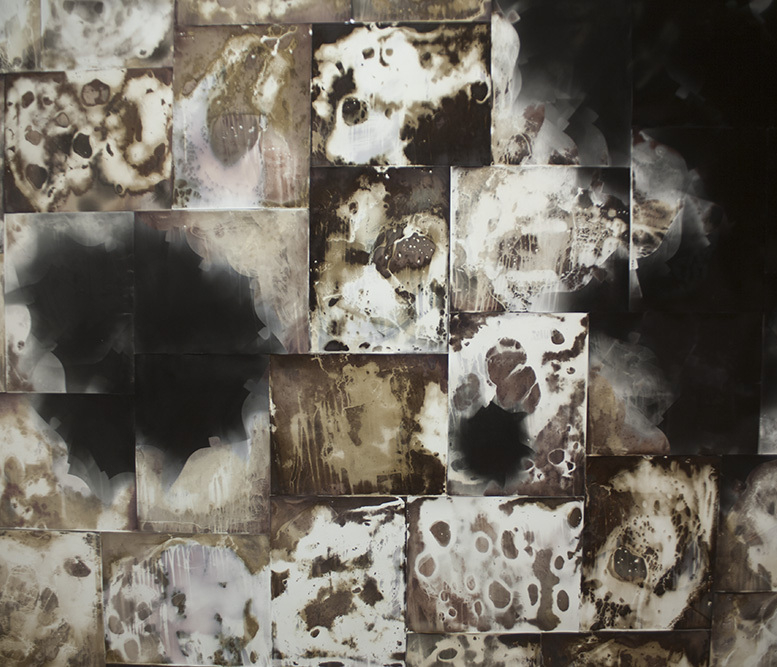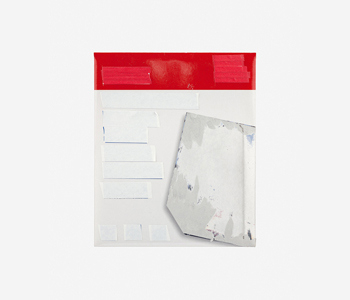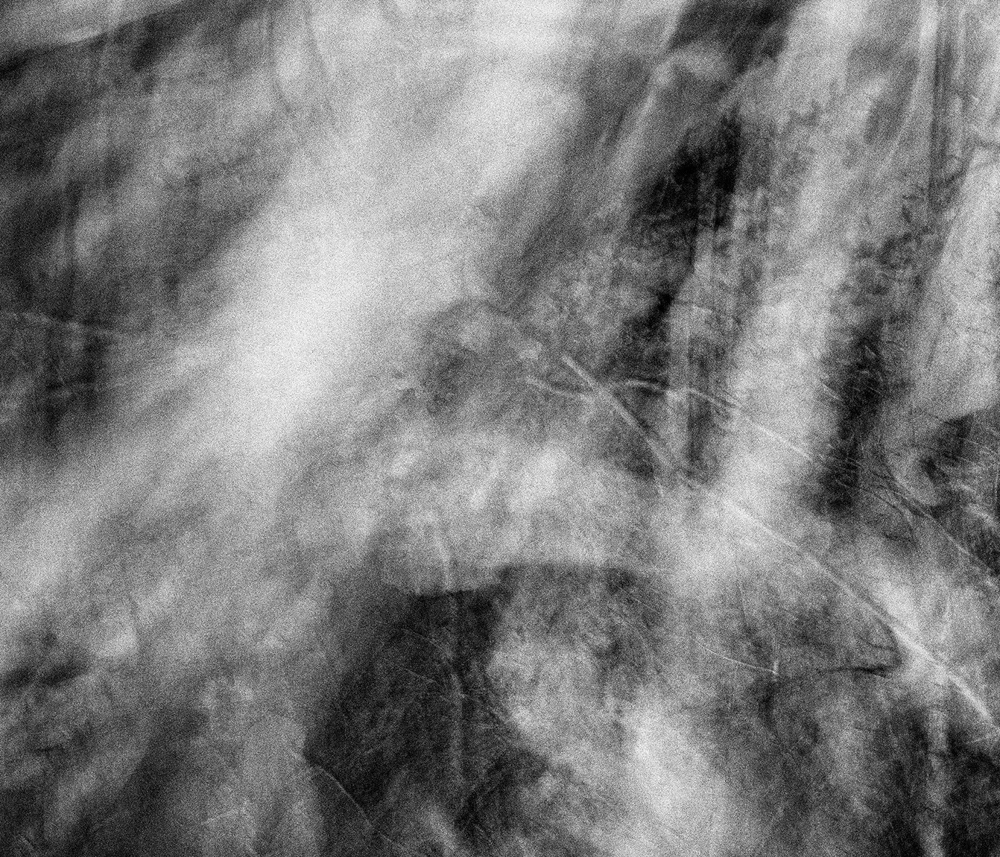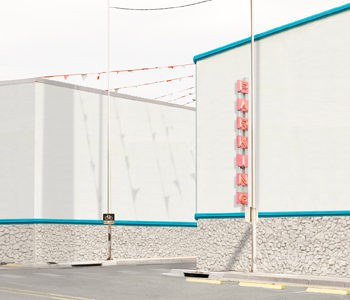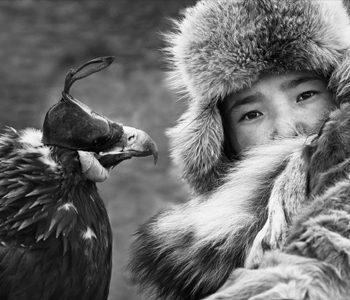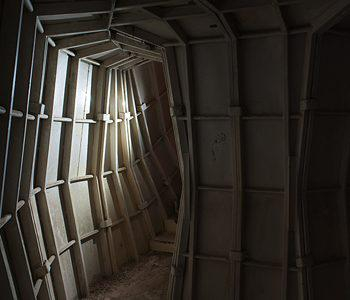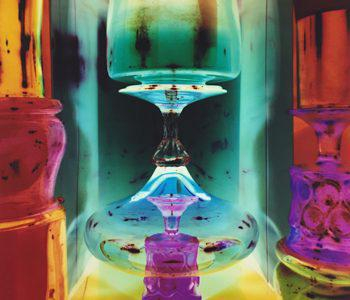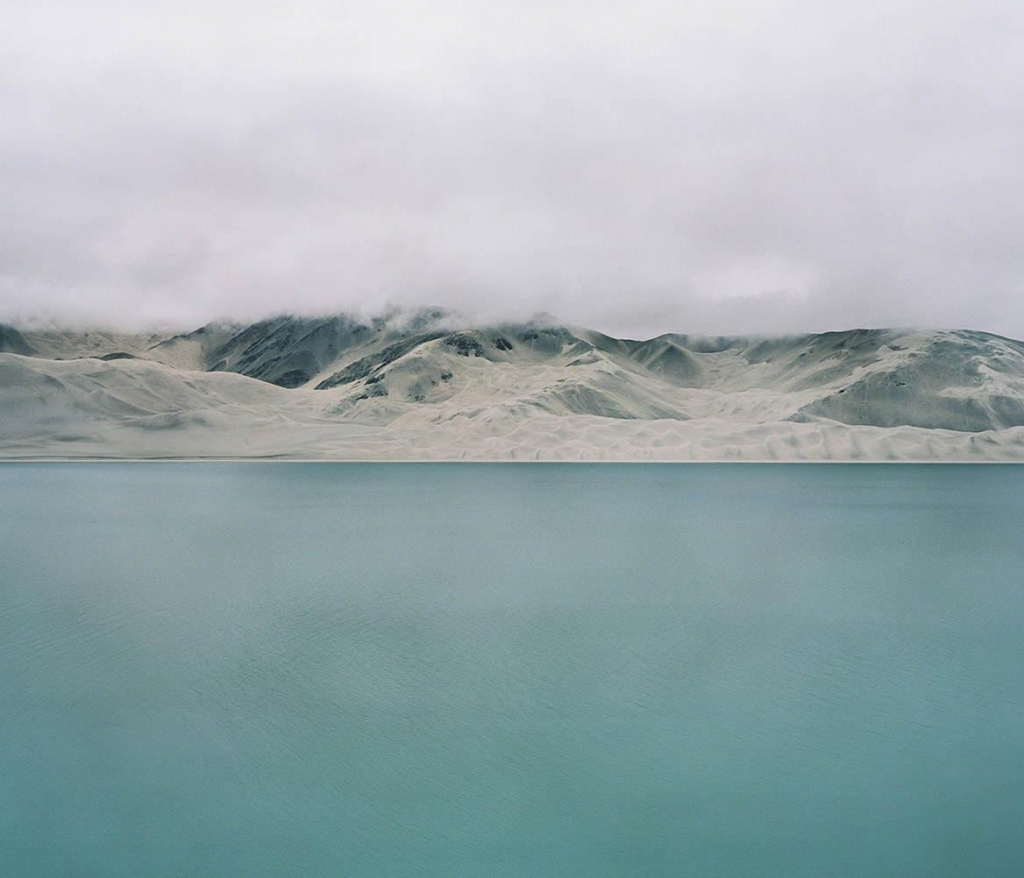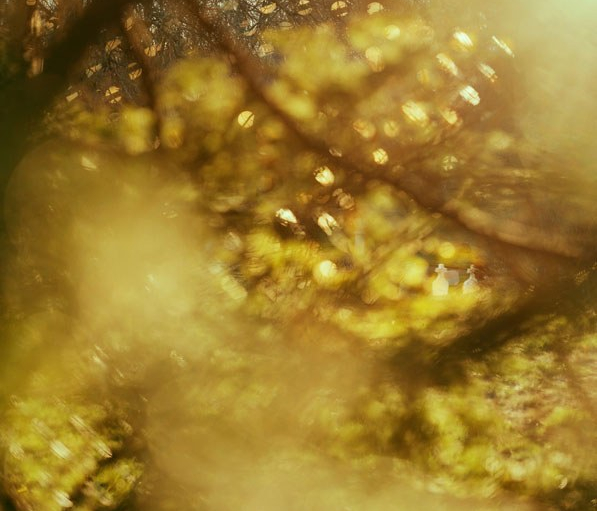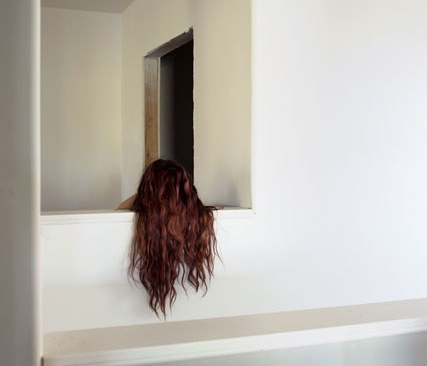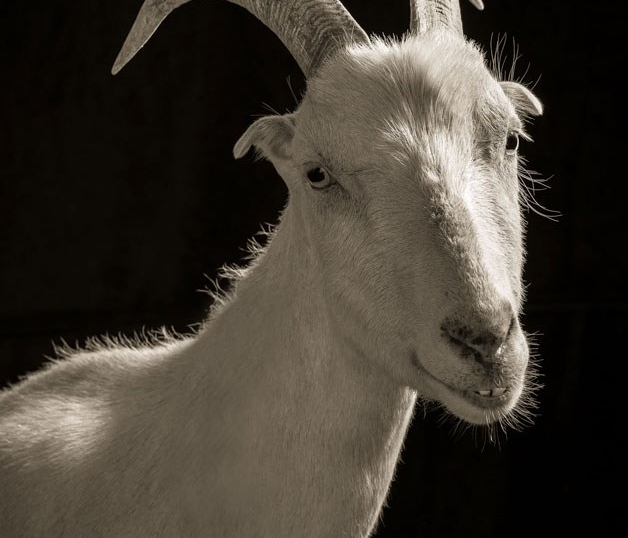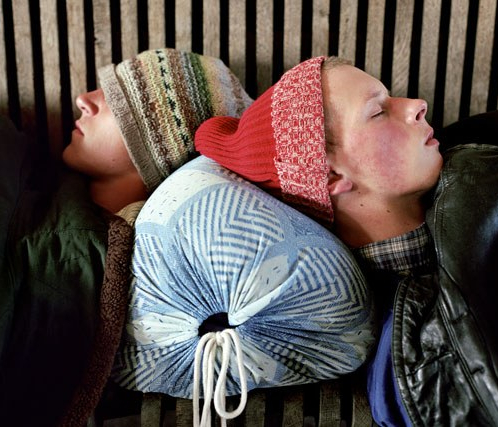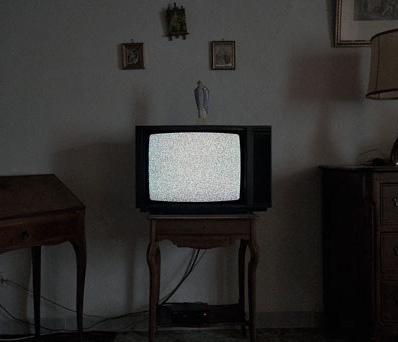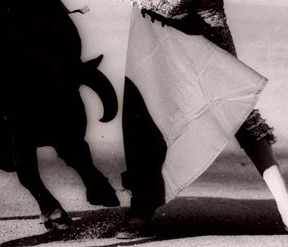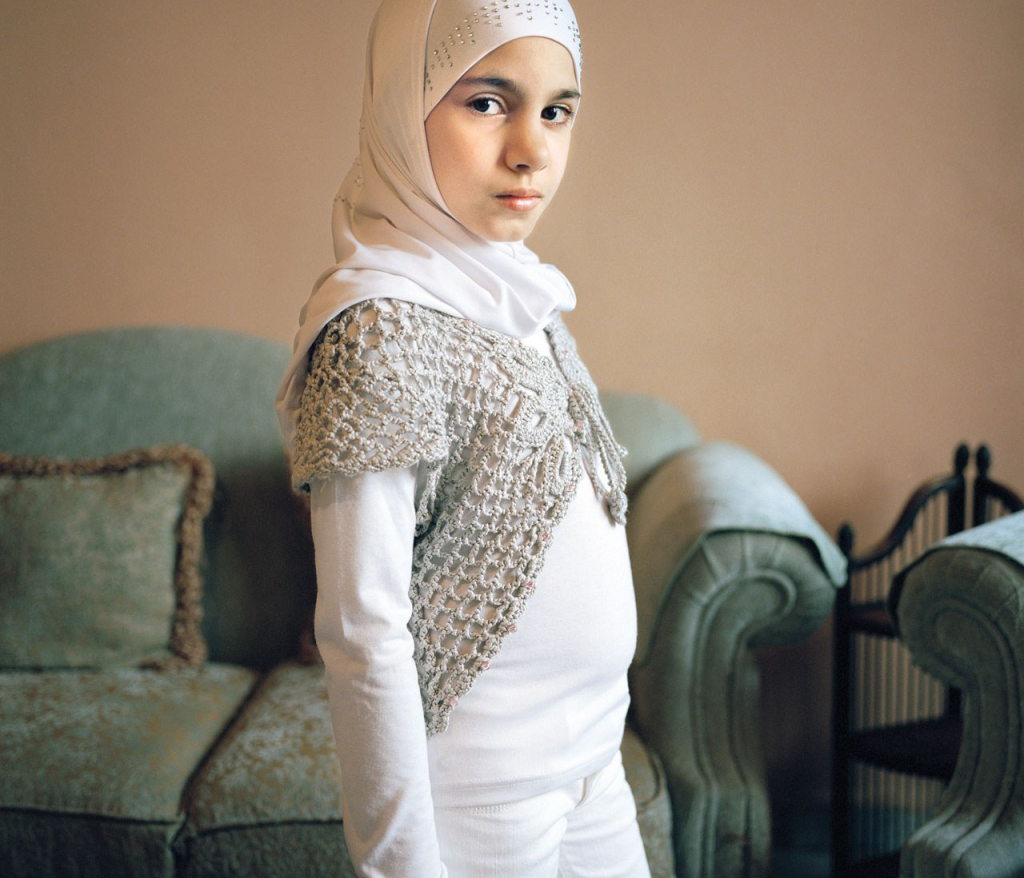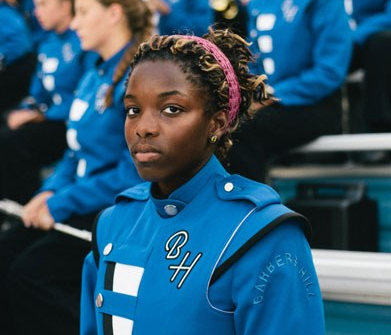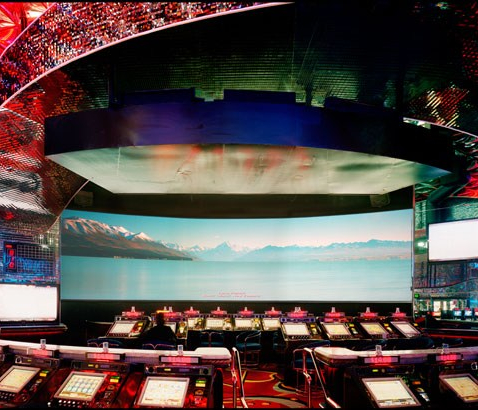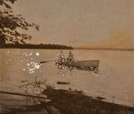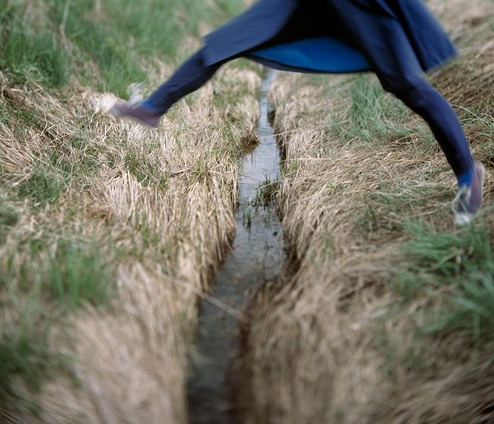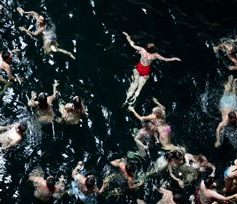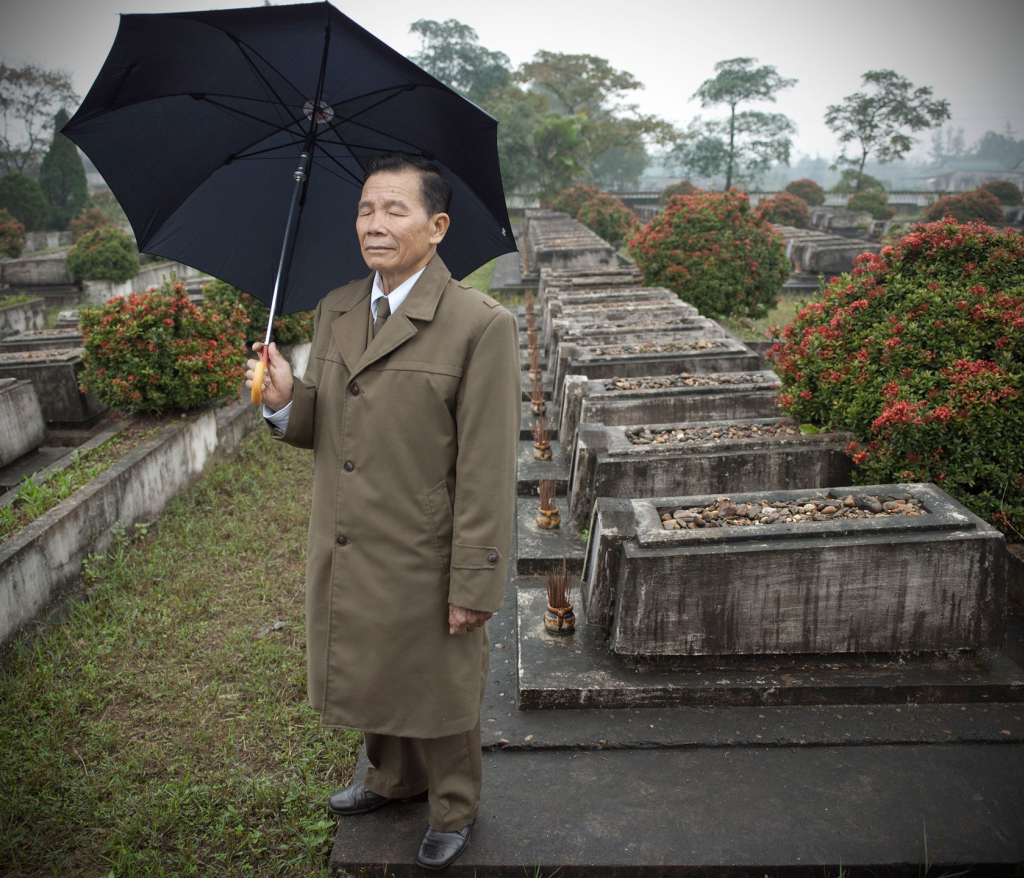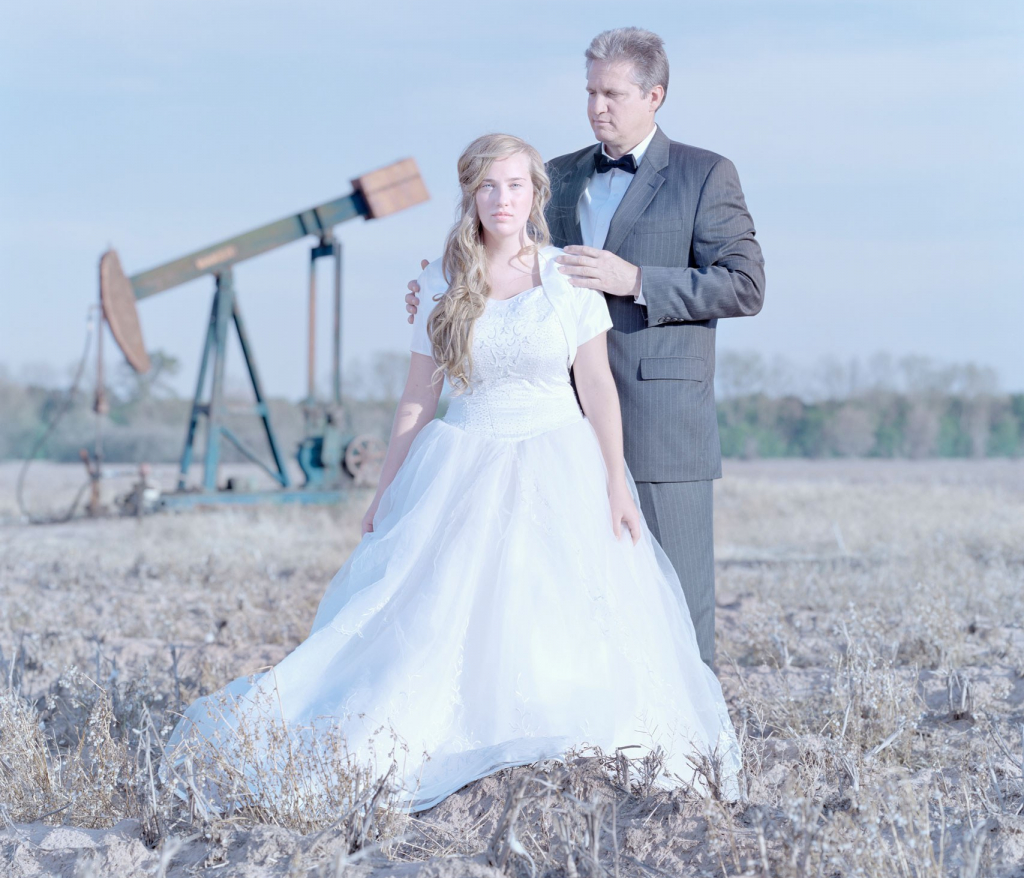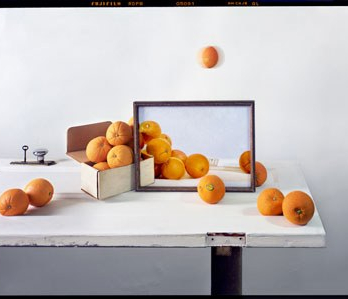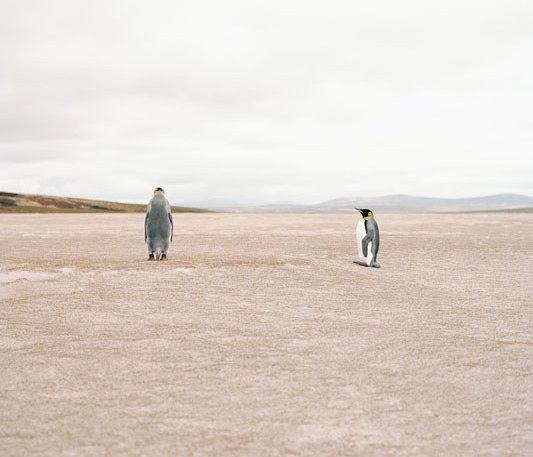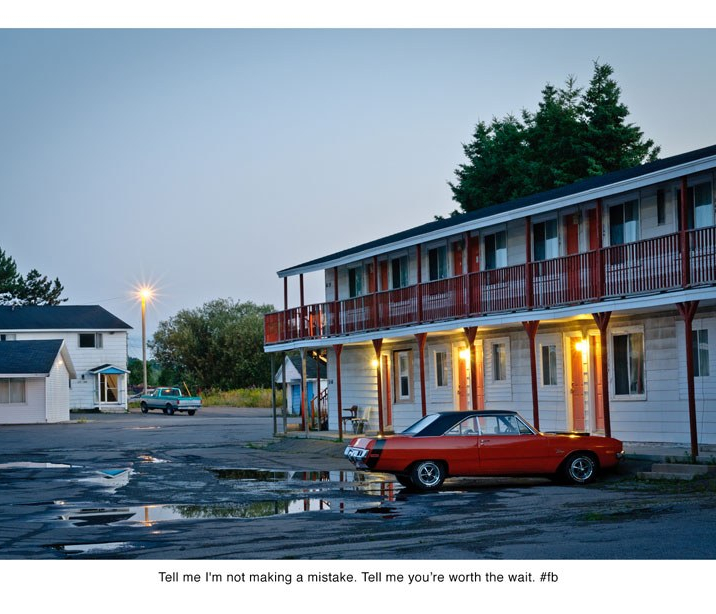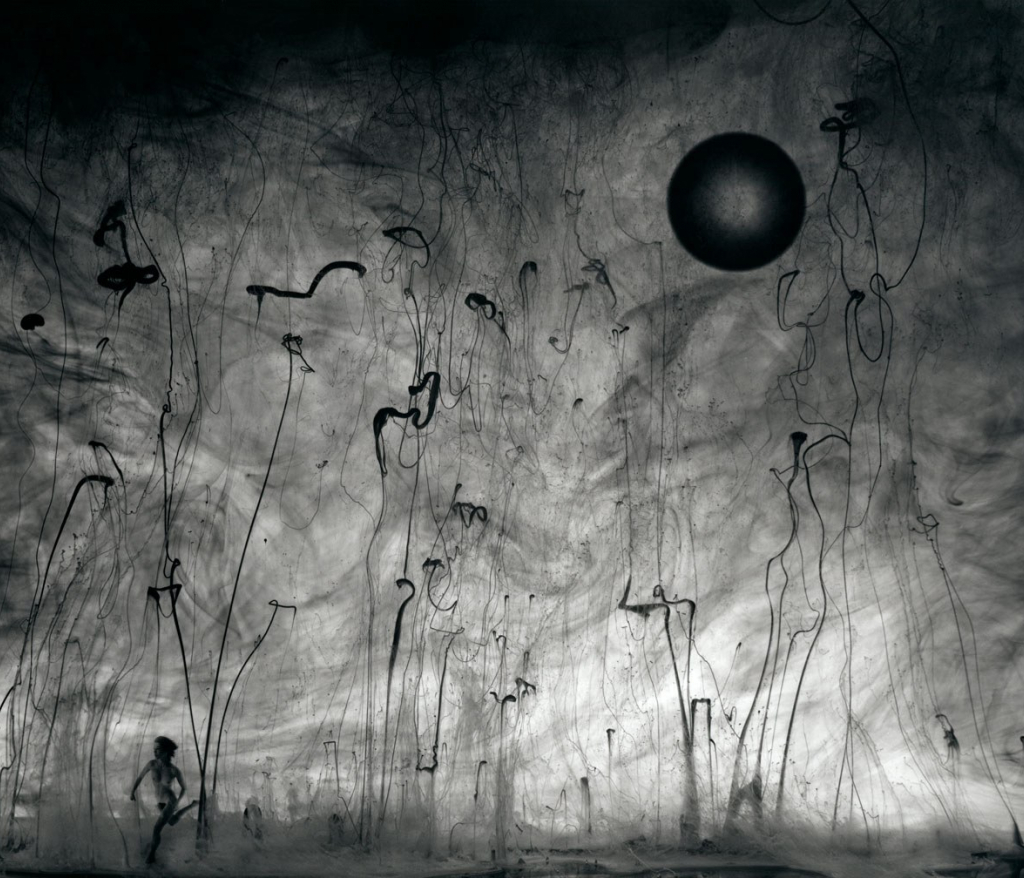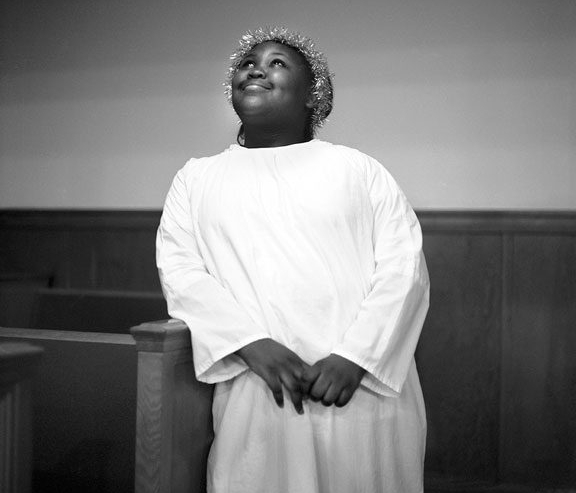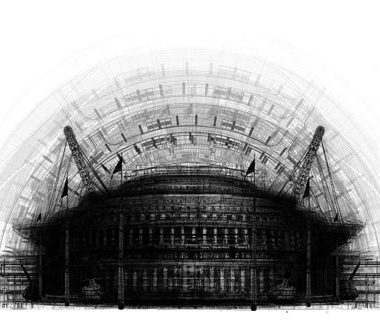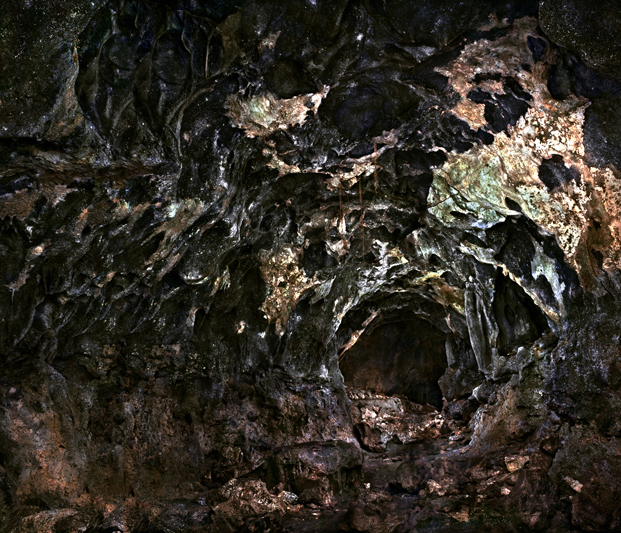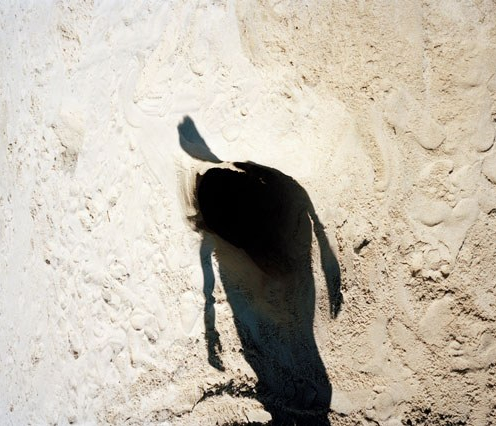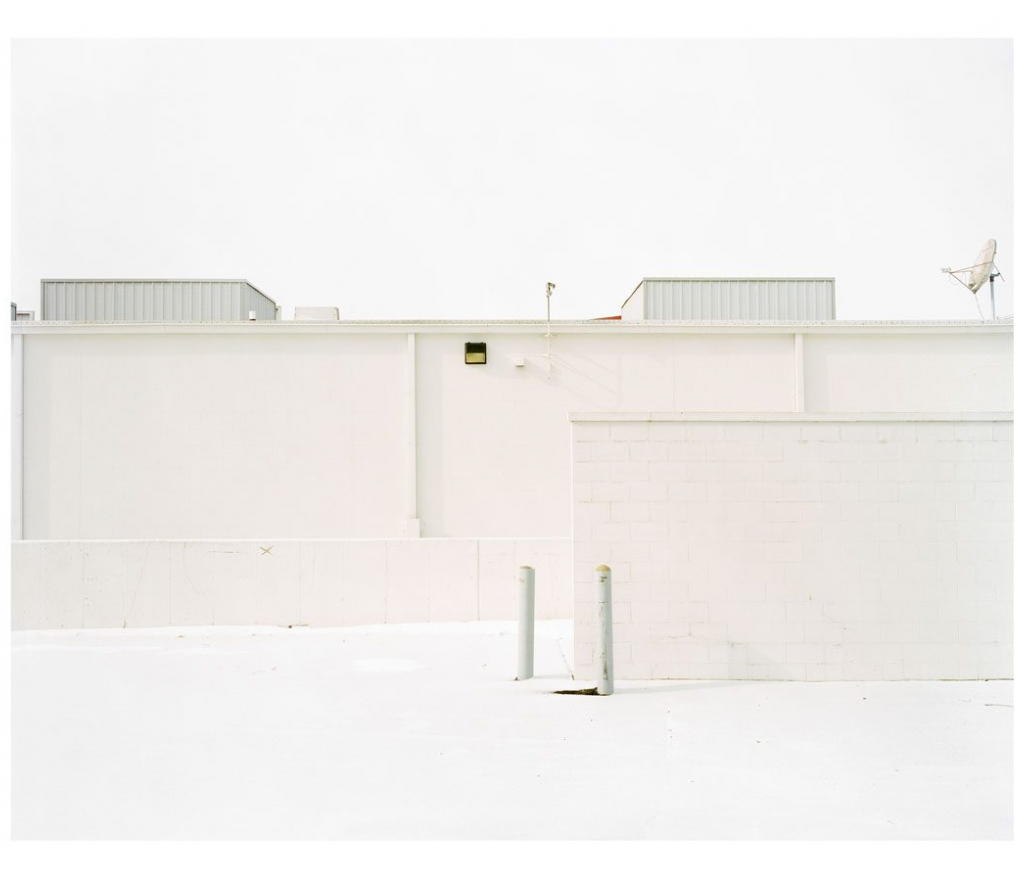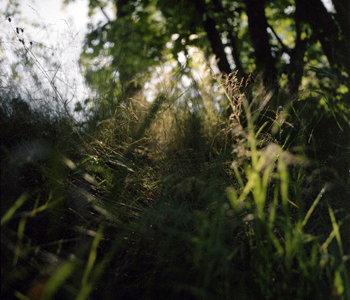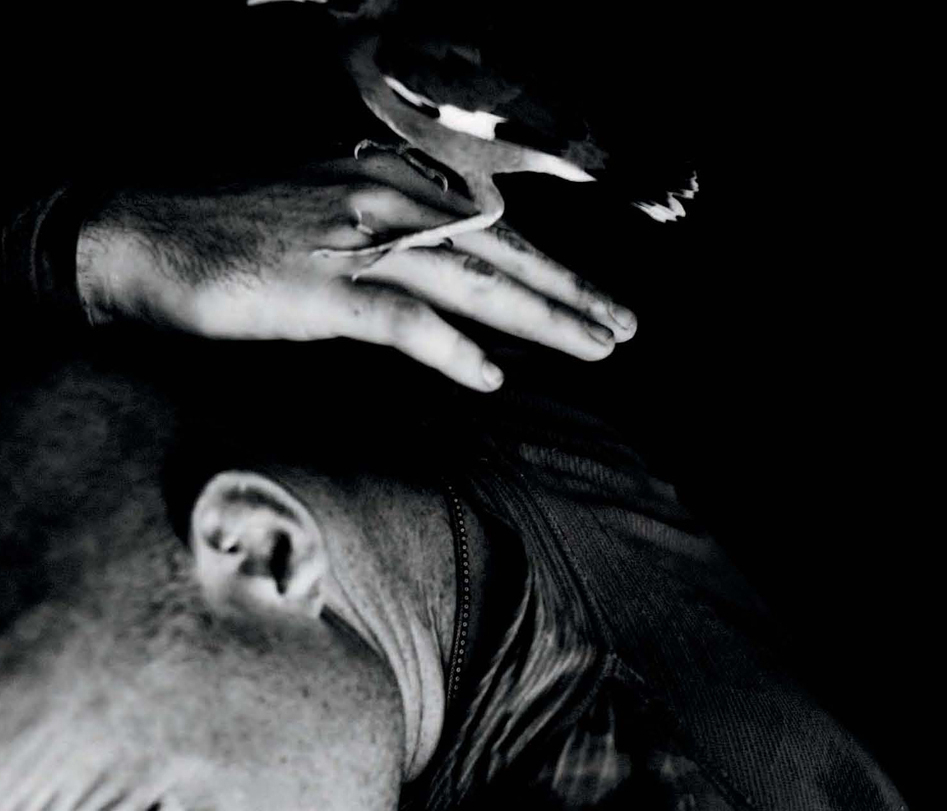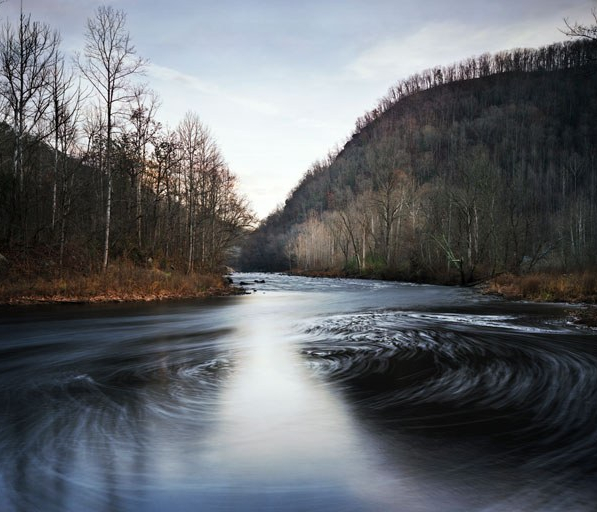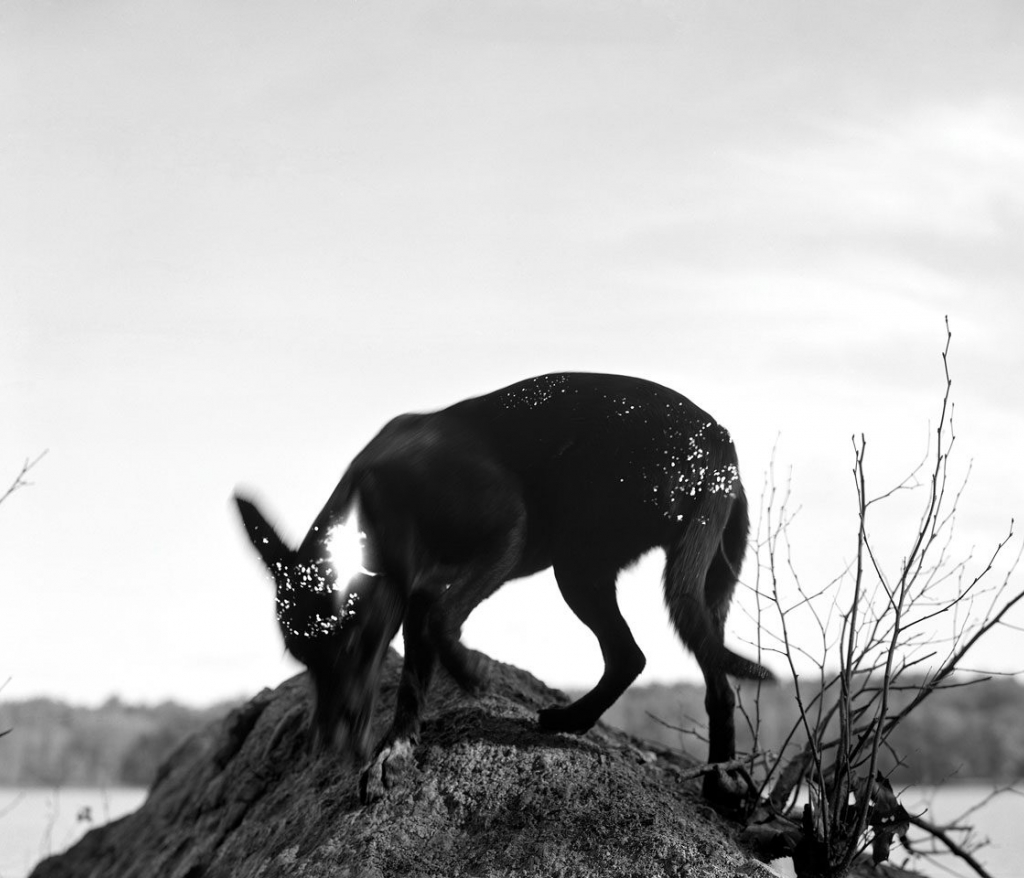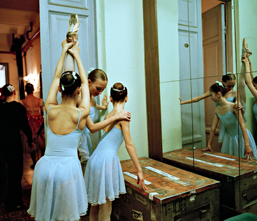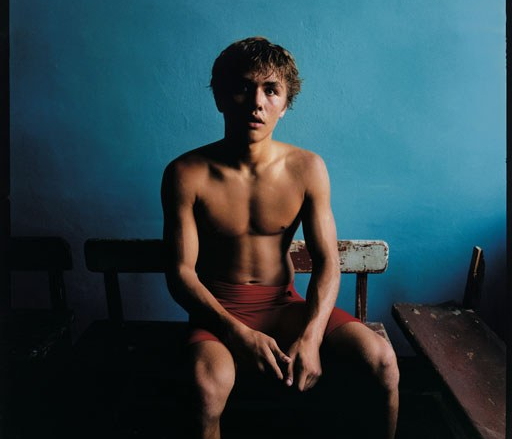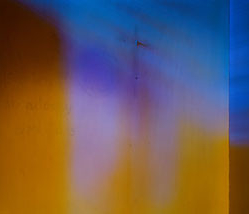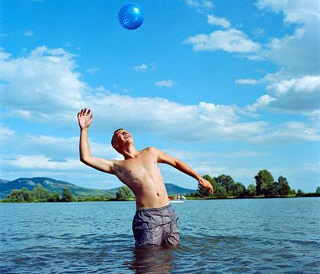David Magnusson & Sophie Kirchner
David Magnusson | Purity
Sophie Kirchner | Male Sport
David Magnusson & Sophie Kirchner
You may be wondering what David Magnusson’s Purity and Sophie Kirchner’s Male Sport could possibly have in common to unite them in this exhibit, (beyond their exquisite execution as a series of portraits). Magnusson’s airy and otherworldly palette creates a stark contrast to Kirchner’s bold and grounded aesthetic. We might assume that Kirchner’s athletes are in control, and the young girls in Purity are passive, but on a closer look, there is a range of control and vulnerability represented in each of the projects.
The females in these series have chosen unconventional roles that land them on the fringe of the current, mainstream expectations that we often hold for women. These projects provoke strong initial reactions and assumptions from viewers about the roles that these females occupy. However, both subjects inhabit identities that are far more complex than they seem at first glance.
Although aesthetically quite different, Magnusson is working like a contemporary Robert Frank. As in Frank’s project The Americans, Purity provides an outsider’s view of the inner workings of a segment of North American culture. This approach produces a nuanced perspective that may be too close for us to view fairly for ourselves.
Structurally, Mangusson and Kirchner both draw from a German (and perhaps more broadly European) lineage in portraiture. In this tradition, the photographer chooses limitations and parameters to establish overall consistency. The sameness pushes the smaller details and differences more sharply into our awareness, and we glean intimacy from these details. In Kirchner’s portraits, droplets of water and sweat, flushed skin and little strands of flyaway hair become meaningful details. But the most striking detail is the gaze, of which the subjects are very much in control. In the gallery, each individual emerges from the grid, powerfully connecting the viewer with intentional and direct eye contact.
Magnusson invites you to compare the gestures of each family pair, like the specific position of the father’s embrace or whether the girl’s eyes are open or closed. These gestures can make a significant difference in the level of autonomy that each girl projects. As North Americans, it is especially elucidating to see one of our own subcultures photographed in this light. Europeans have been greatly fascinated by these pictures as a representation of the United States. It’s good to bring the pictures back home to examine as part of our own culture.
David Magnusson (b. 1983) lives and works in Stockholm, Sweden. He studied at the Nordic School of Photography Biskops-Arnö. He works as an artist and a freelance photographer for clients such as Save the Children, TIME Magazine and Svenska Dagbladet.
David has received awards and honors from The Swedish Arts Committee, The Swedish Authors Fund, Picture of the Year International, Picture of the Year Sweden, and was also selected for the World Press Photo Masterclass.
His first monograph Purity was published in March 2014 during a solo exhibition at Fotografiska, The Swedish Museum of Photography, in Stockholm. Purity has received several awards and has been featured in international media such as The LA Times, Huffington Post, The Guardian, TIME Magazine, Der Spiegel, BBC, Lenscratch, Slate Magazine, and The Daily Mail.
www.davidmagnusson.se
Purity | Artist Statement
During a Purity Ball young girls promise to “live pure lives before God” and to remain virgins until marriage. In return, their fathers sign a commitment promising to protect their daughters’ chastity. Sometimes rings are exchanged as a symbol of their vows. David Magnusson has photographed and interviewed young girls and their fathers who have participated in Purity Balls in Louisiana, Colorado and Arizona.
“When I first heard about the Purity Balls I imagined American fathers terrified of anything that might hurt their daughters or their families honor. But as I learnt more, I understood that the fathers, like all parents, simply wanted to protect the ones that they love – in the best way they know how. It was also often the girls themselves that had taken the initiative to attend the balls. They had made their decisions out of their own conviction and faith, in many cases with fathers who didn’t know what a Purity Ball was before first being invited by their daughters.
The more I learned, the more I was surprised that I had been so quick to judge people I knew so little about. I was struck by the idea that what set us apart wasn’t anything more than how we had been influenced by the culture we grew up in and the values it had instilled in us. In Purity I wanted to create portraits so beautiful that the girls and their fathers could be proud of the pictures in the same way they are proud of their decisions – while someone from a different background might see an entirely different story in the very same photographs.
To me, Purity is about how we are shaped by the society in which we grow up and how we interpret the world through the values we incorporate as our own.”
Sophie Kirchner was born in 1984 in the former Eastern part of Berlin. In her personal work, she mainly focuses on documenting social issues and has a strong interest in giving a voice to social disadvantaged groups, and provoking taboo subjects through photography.
Kirchner studied photography at the University of Applied Sciences in Hamburg and the Maryland Institute College of Art in Baltimore. She currently works and lives as a freelance photographer in Berlin and Vancouver.
www.sophiekirchner.com
Male Sport | Artist Statement
Who breaks with social conventions quickly becomes an outsider. Everyone is expected to play the role assigned to them. This applies especially to gender-based roles ascribed to us. Men are men and women are women. The first female artists, for instance, were called, “painting women”, a derogatory term used for women in the early twentieth century who publicly exhibited their art.
Today, more women graduate from art schools than men. In a lot of other professional fields equality between the sexes has been established. But the world of sports still seems to be very conservative. This is exactly where Sophie Kirchner’s discreet work “Male Sport” starts. Here, it is not about soccer or boxing, where women are by now reasonably accepted. It is about sports, where men can still be “real guys”: water polo, ice hockey and rugby. Kirchner photographs her subjects right after a game. The women’s pupils are wide open, the adrenaline is still pumping dramatically in their blood. The images seem to cater to expected clichés. But one should be careful, because the photographer’s intention is exactly the opposite. She portraits athletes who love their sport and play it with passion. She is not working with a specious emancipatory agenda and she does not want to simply provoke. Her work is all about showing people who do what they love. Nothing more, but also nothing less. With her expressive portraits she simply points out that these women are not marginal, but that society is marginalizing them.
(written by Heinz Lohmann – german author, publicist and art collector)
David Magnusson | Purity
Sophie Kirchner | Male Sport
David Magnusson & Sophie Kirchner
You may be wondering what David Magnusson’s Purity and Sophie Kirchner’s Male Sport could possibly have in common to unite them in this exhibit, (beyond their exquisite execution as a series of portraits). Magnusson’s airy and otherworldly palette creates a stark contrast to Kirchner’s bold and grounded aesthetic. We might assume that Kirchner’s athletes are in control, and the young girls in Purity are passive, but on a closer look, there is a range of control and vulnerability represented in each of the projects.
The females in these series have chosen unconventional roles that land them on the fringe of the current, mainstream expectations that we often hold for women. These projects provoke strong initial reactions and assumptions from viewers about the roles that these females occupy. However, both subjects inhabit identities that are far more complex than they seem at first glance.
Although aesthetically quite different, Magnusson is working like a contemporary Robert Frank. As in Frank’s project The Americans, Purity provides an outsider’s view of the inner workings of a segment of North American culture. This approach produces a nuanced perspective that may be too close for us to view fairly for ourselves.
Structurally, Mangusson and Kirchner both draw from a German (and perhaps more broadly European) lineage in portraiture. In this tradition, the photographer chooses limitations and parameters to establish overall consistency. The sameness pushes the smaller details and differences more sharply into our awareness, and we glean intimacy from these details. In Kirchner’s portraits, droplets of water and sweat, flushed skin and little strands of flyaway hair become meaningful details. But the most striking detail is the gaze, of which the subjects are very much in control. In the gallery, each individual emerges from the grid, powerfully connecting the viewer with intentional and direct eye contact.
Magnusson invites you to compare the gestures of each family pair, like the specific position of the father’s embrace or whether the girl’s eyes are open or closed. These gestures can make a significant difference in the level of autonomy that each girl projects. As North Americans, it is especially elucidating to see one of our own subcultures photographed in this light. Europeans have been greatly fascinated by these pictures as a representation of the United States. It’s good to bring the pictures back home to examine as part of our own culture.
David Magnusson (b. 1983) lives and works in Stockholm, Sweden. He studied at the Nordic School of Photography Biskops-Arnö. He works as an artist and a freelance photographer for clients such as Save the Children, TIME Magazine and Svenska Dagbladet.
David has received awards and honors from The Swedish Arts Committee, The Swedish Authors Fund, Picture of the Year International, Picture of the Year Sweden, and was also selected for the World Press Photo Masterclass.
His first monograph Purity was published in March 2014 during a solo exhibition at Fotografiska, The Swedish Museum of Photography, in Stockholm. Purity has received several awards and has been featured in international media such as The LA Times, Huffington Post, The Guardian, TIME Magazine, Der Spiegel, BBC, Lenscratch, Slate Magazine, and The Daily Mail.
www.davidmagnusson.se
Purity | Artist Statement
During a Purity Ball young girls promise to “live pure lives before God” and to remain virgins until marriage. In return, their fathers sign a commitment promising to protect their daughters’ chastity. Sometimes rings are exchanged as a symbol of their vows. David Magnusson has photographed and interviewed young girls and their fathers who have participated in Purity Balls in Louisiana, Colorado and Arizona.
“When I first heard about the Purity Balls I imagined American fathers terrified of anything that might hurt their daughters or their families honor. But as I learnt more, I understood that the fathers, like all parents, simply wanted to protect the ones that they love – in the best way they know how. It was also often the girls themselves that had taken the initiative to attend the balls. They had made their decisions out of their own conviction and faith, in many cases with fathers who didn’t know what a Purity Ball was before first being invited by their daughters.
The more I learned, the more I was surprised that I had been so quick to judge people I knew so little about. I was struck by the idea that what set us apart wasn’t anything more than how we had been influenced by the culture we grew up in and the values it had instilled in us. In Purity I wanted to create portraits so beautiful that the girls and their fathers could be proud of the pictures in the same way they are proud of their decisions – while someone from a different background might see an entirely different story in the very same photographs.
To me, Purity is about how we are shaped by the society in which we grow up and how we interpret the world through the values we incorporate as our own.”
Sophie Kirchner was born in 1984 in the former Eastern part of Berlin. In her personal work, she mainly focuses on documenting social issues and has a strong interest in giving a voice to social disadvantaged groups, and provoking taboo subjects through photography.
Kirchner studied photography at the University of Applied Sciences in Hamburg and the Maryland Institute College of Art in Baltimore. She currently works and lives as a freelance photographer in Berlin and Vancouver.
www.sophiekirchner.com
Male Sport | Artist Statement
Who breaks with social conventions quickly becomes an outsider. Everyone is expected to play the role assigned to them. This applies especially to gender-based roles ascribed to us. Men are men and women are women. The first female artists, for instance, were called, “painting women”, a derogatory term used for women in the early twentieth century who publicly exhibited their art.
Today, more women graduate from art schools than men. In a lot of other professional fields equality between the sexes has been established. But the world of sports still seems to be very conservative. This is exactly where Sophie Kirchner’s discreet work “Male Sport” starts. Here, it is not about soccer or boxing, where women are by now reasonably accepted. It is about sports, where men can still be “real guys”: water polo, ice hockey and rugby. Kirchner photographs her subjects right after a game. The women’s pupils are wide open, the adrenaline is still pumping dramatically in their blood. The images seem to cater to expected clichés. But one should be careful, because the photographer’s intention is exactly the opposite. She portraits athletes who love their sport and play it with passion. She is not working with a specious emancipatory agenda and she does not want to simply provoke. Her work is all about showing people who do what they love. Nothing more, but also nothing less. With her expressive portraits she simply points out that these women are not marginal, but that society is marginalizing them.
(written by Heinz Lohmann – german author, publicist and art collector)
